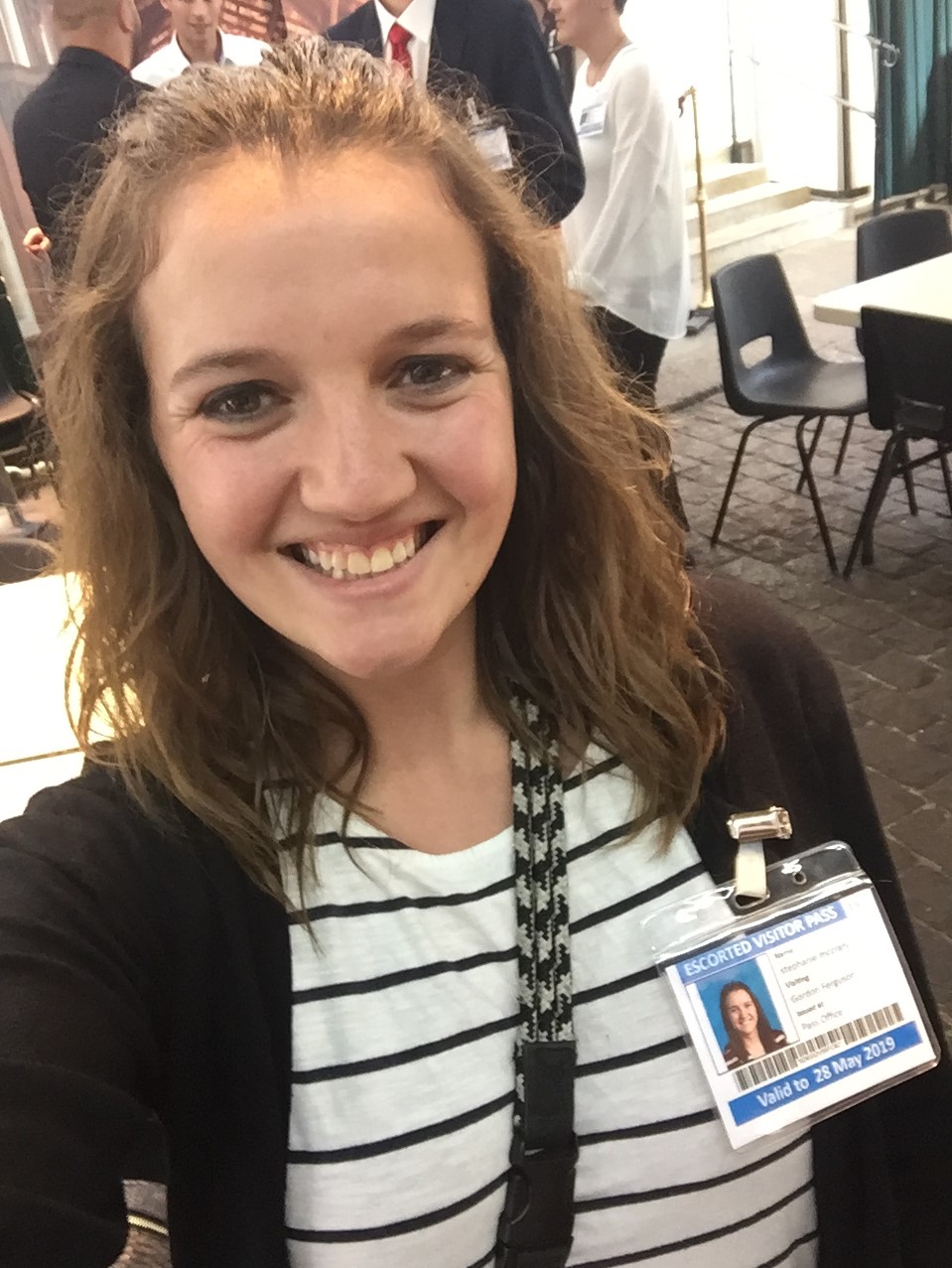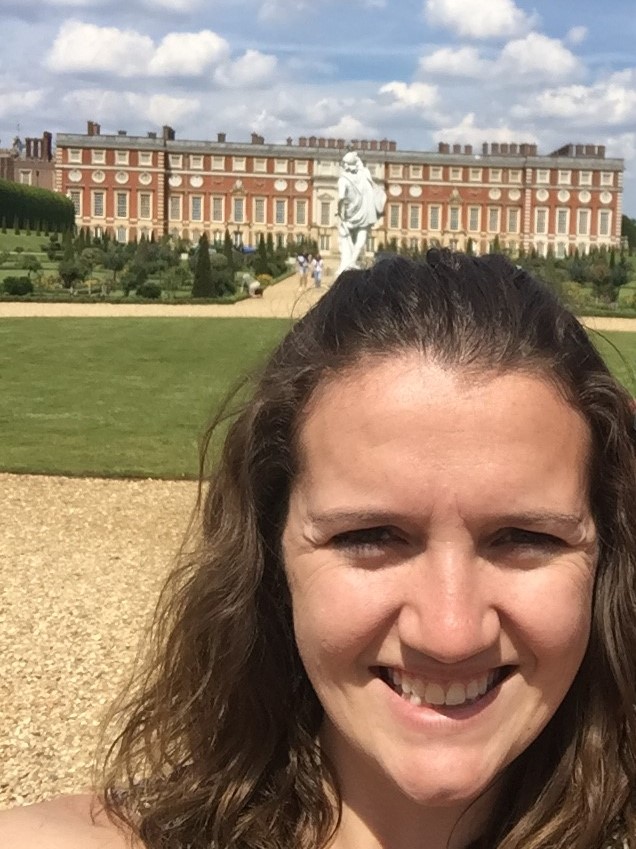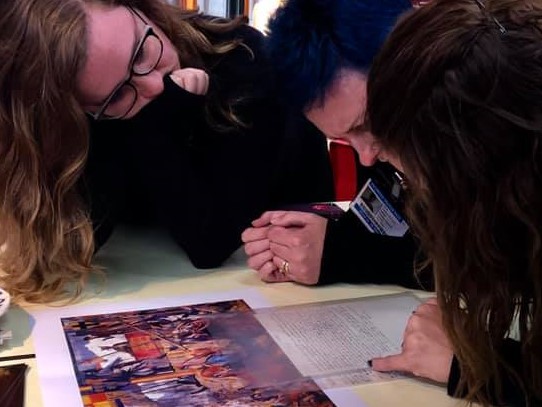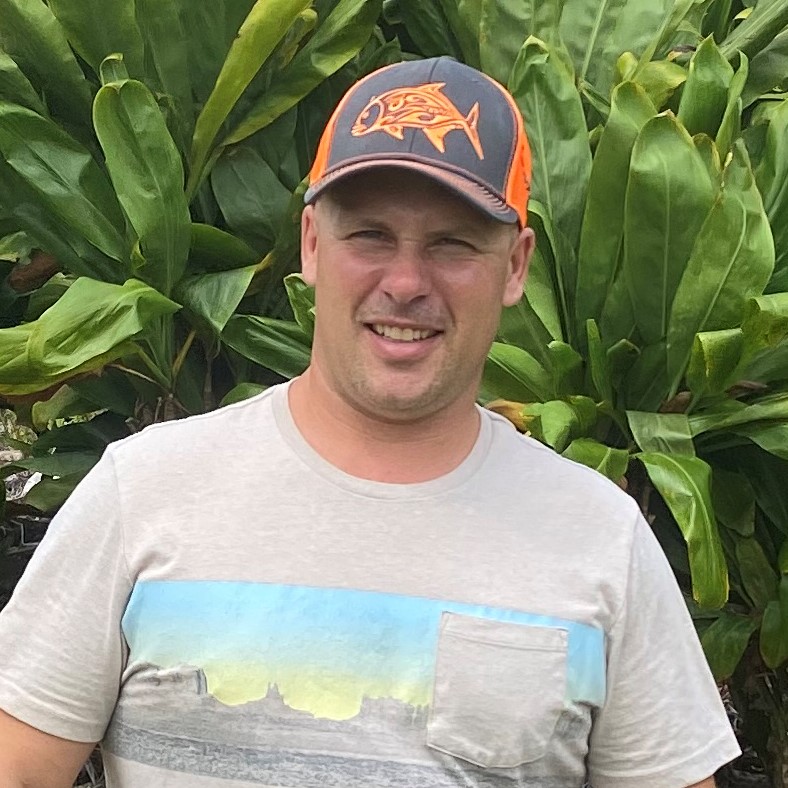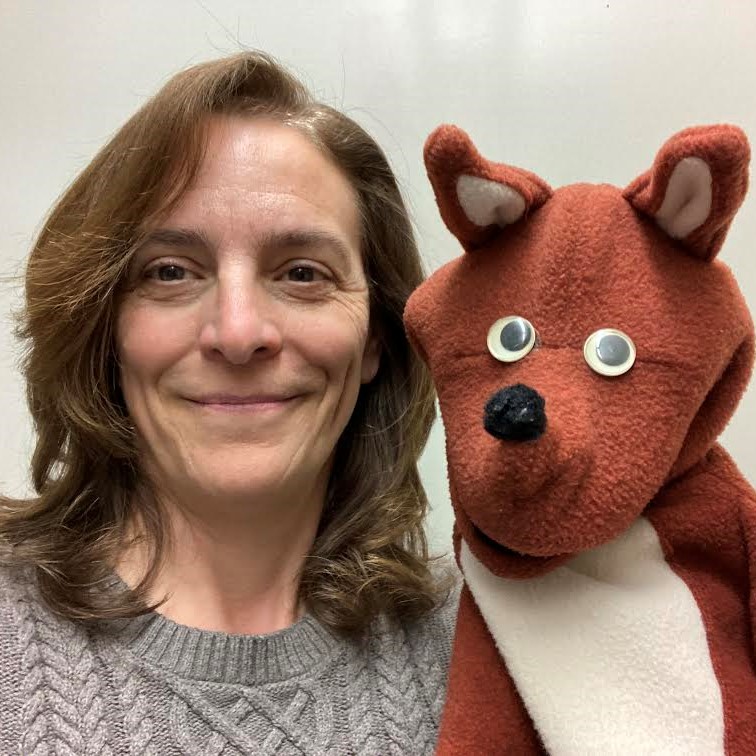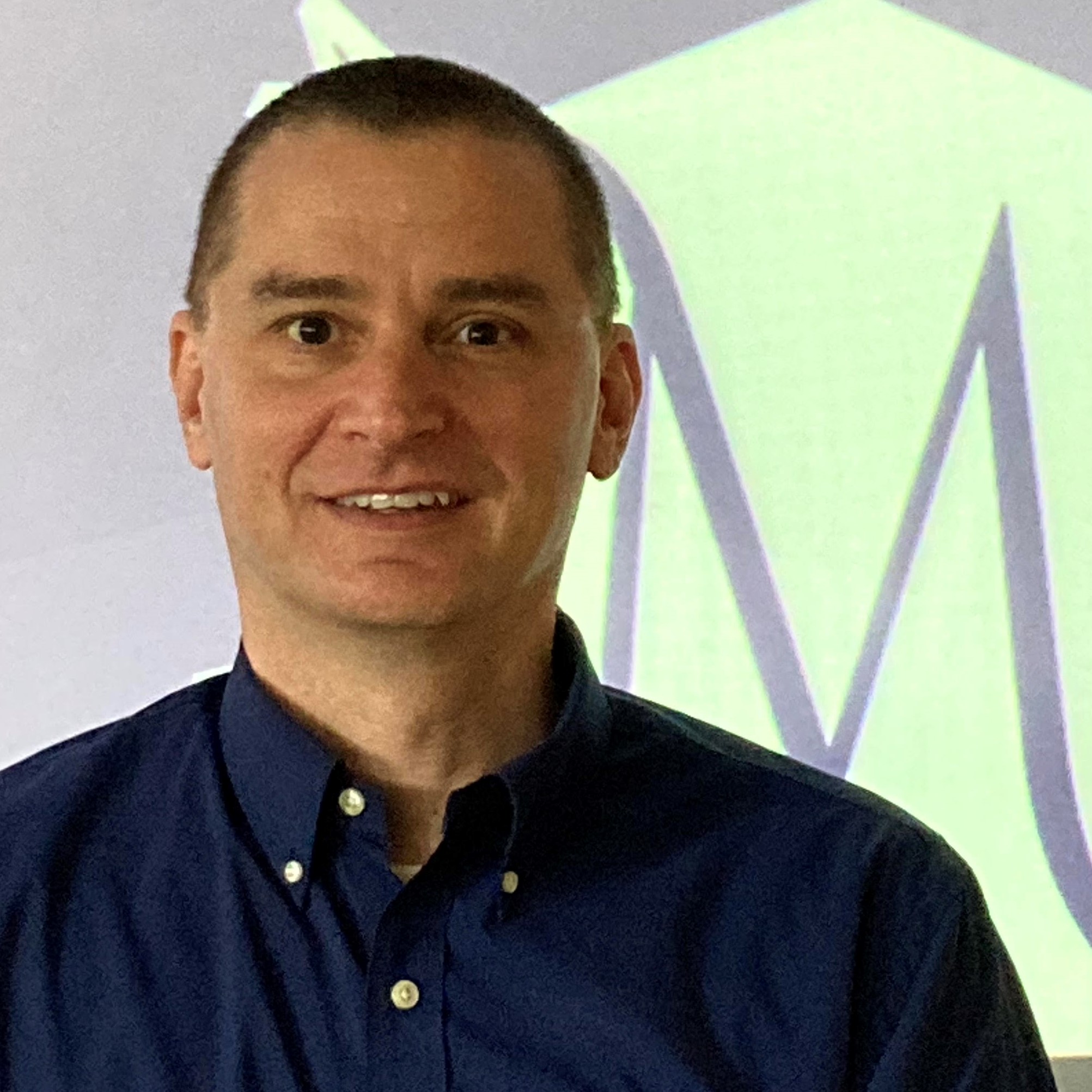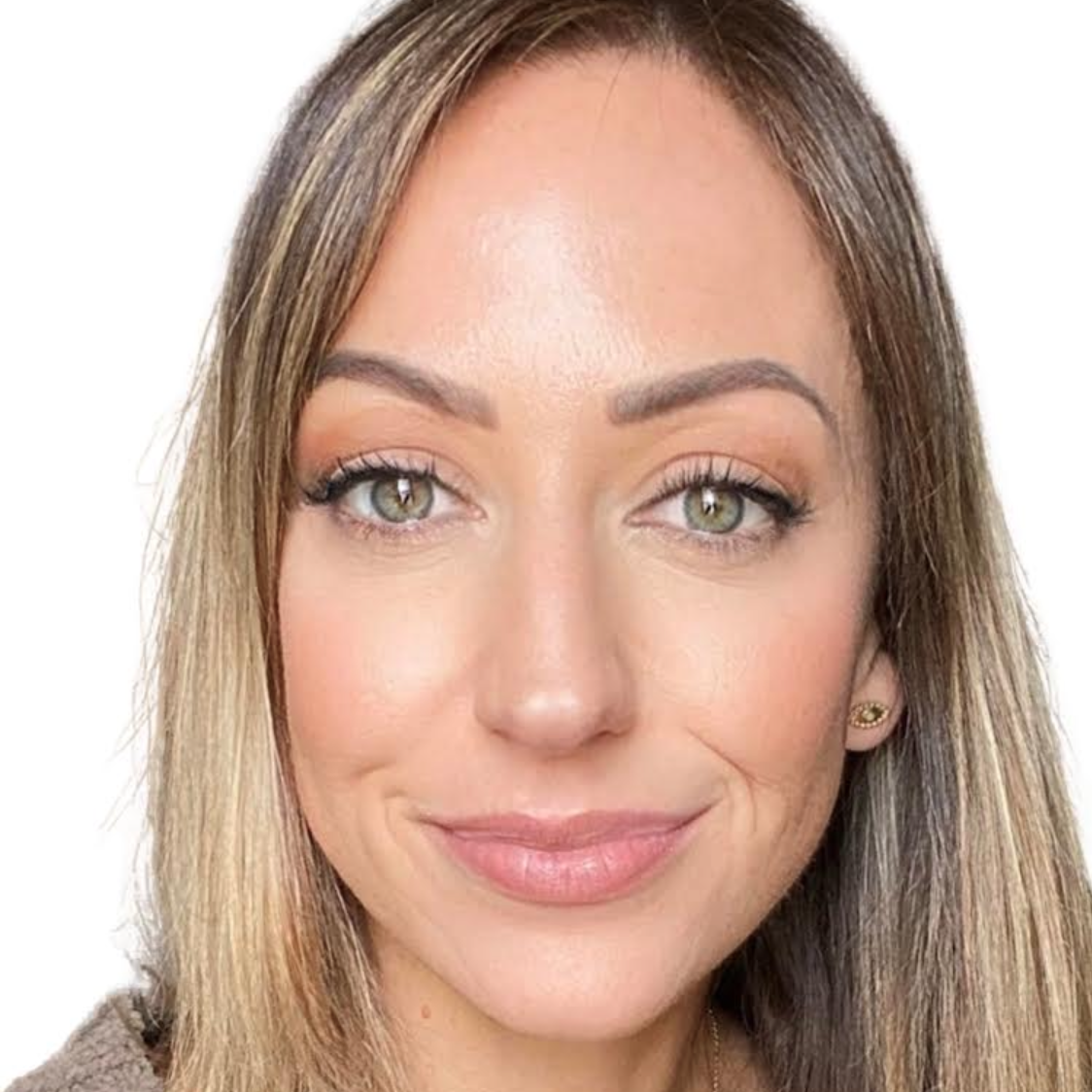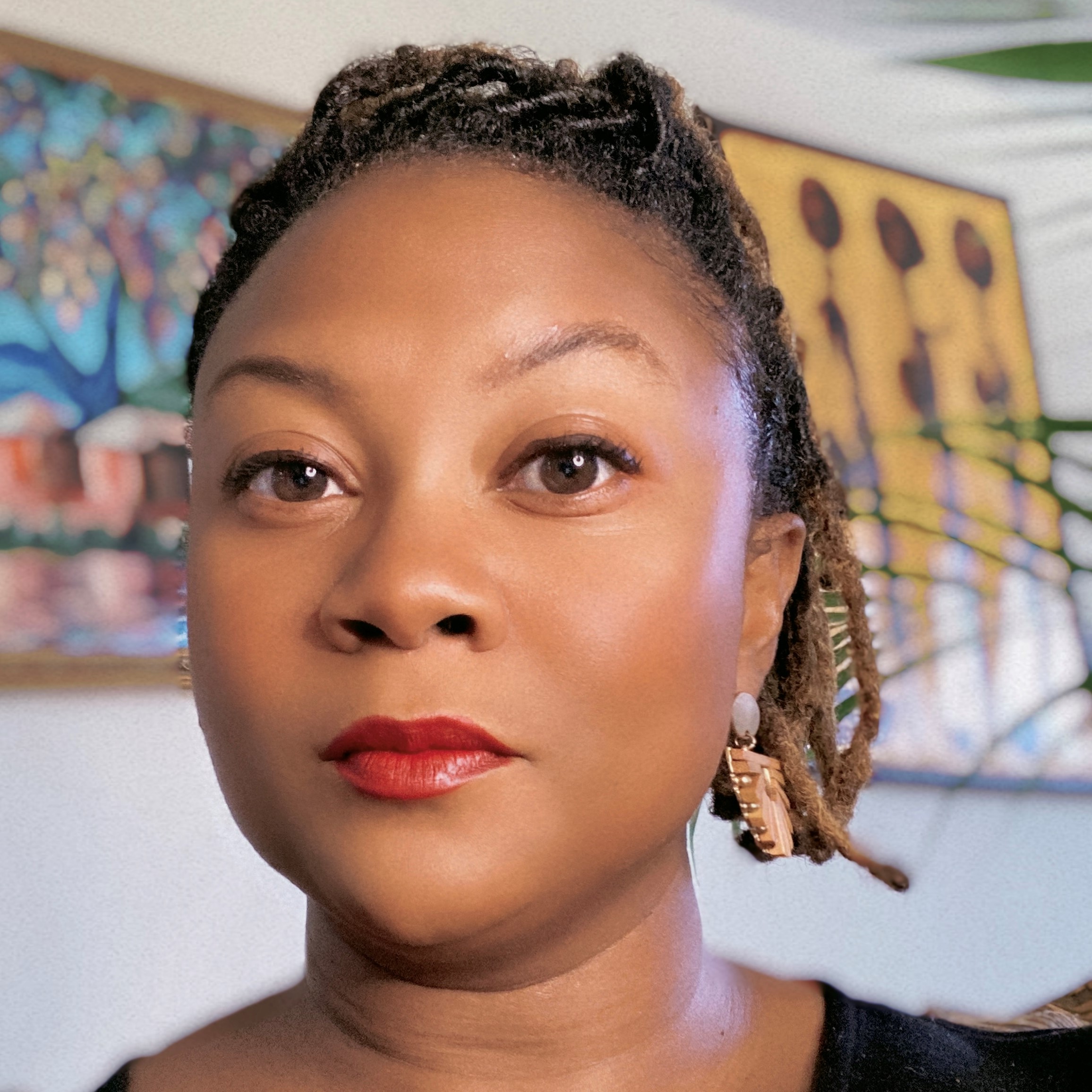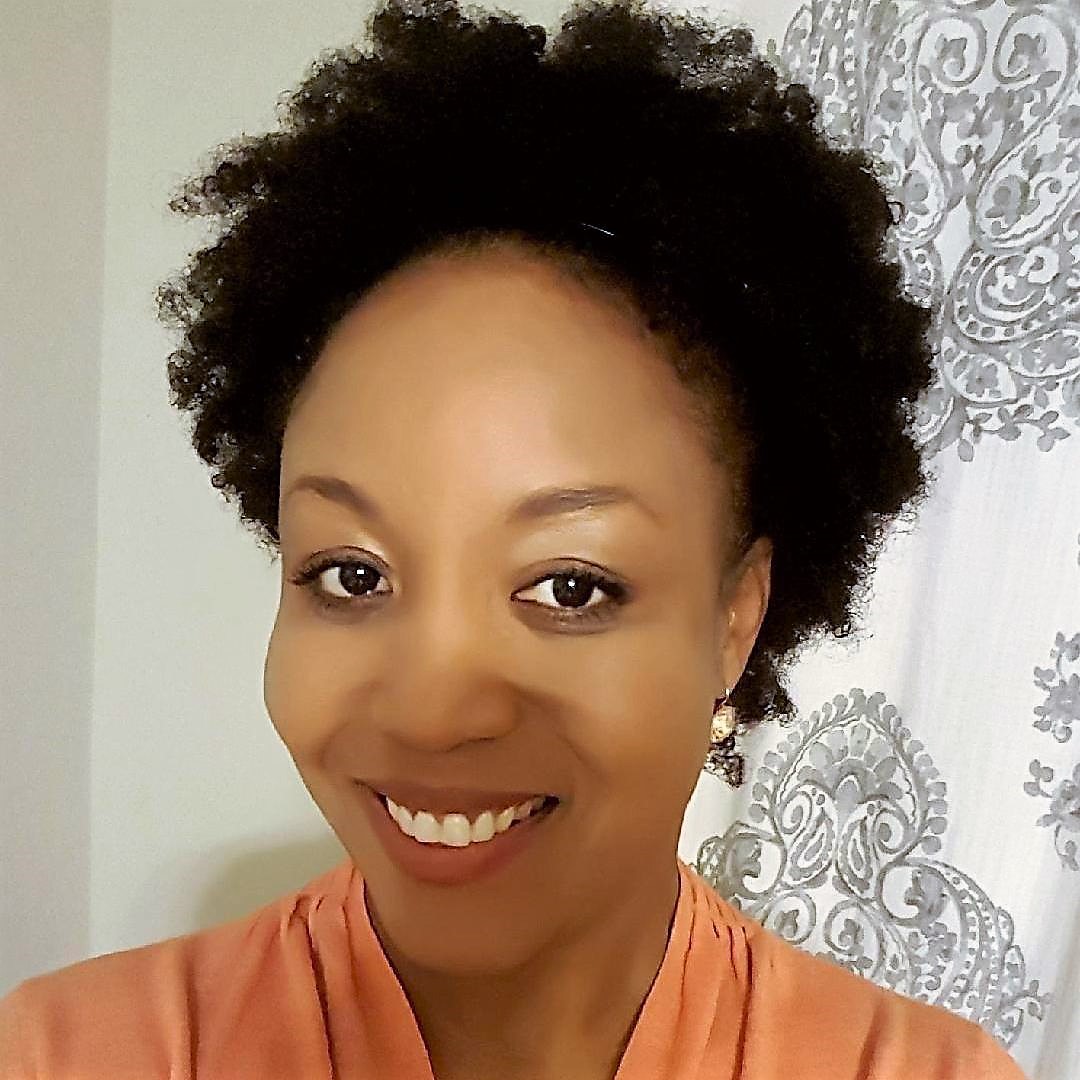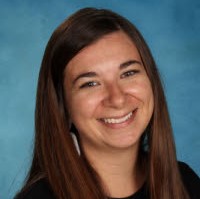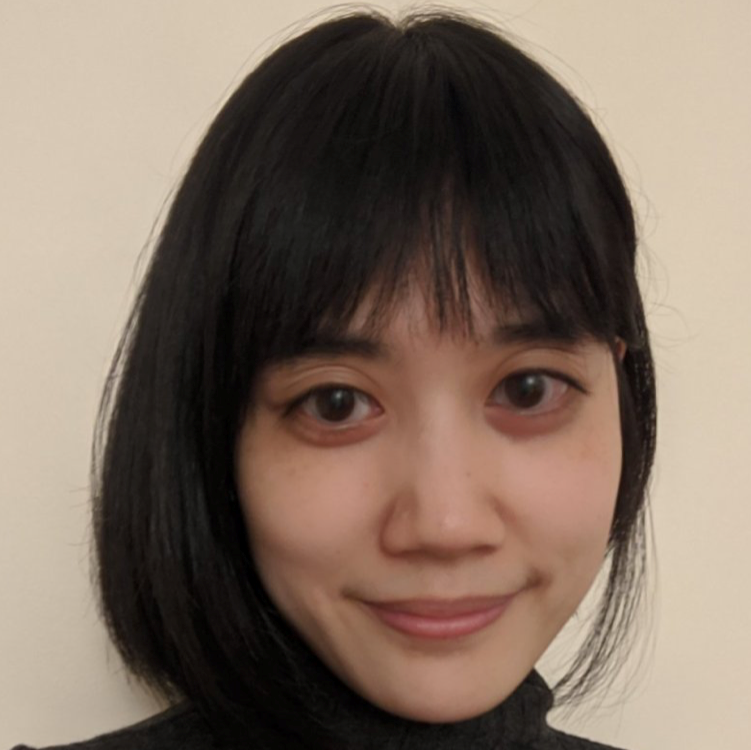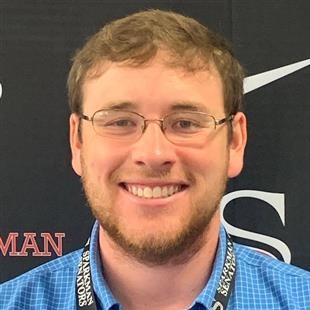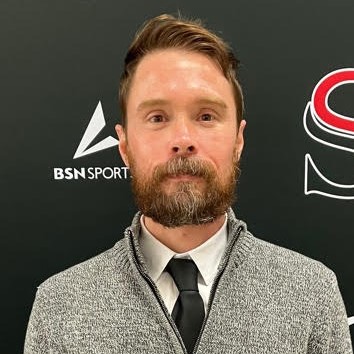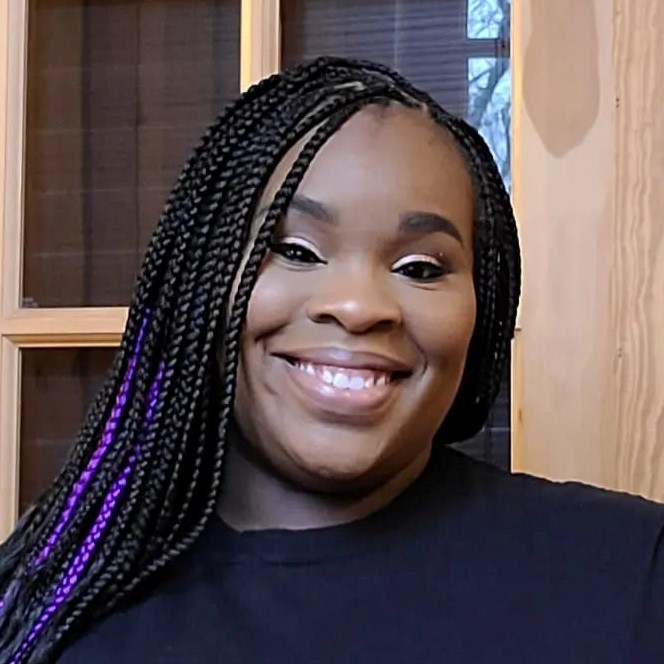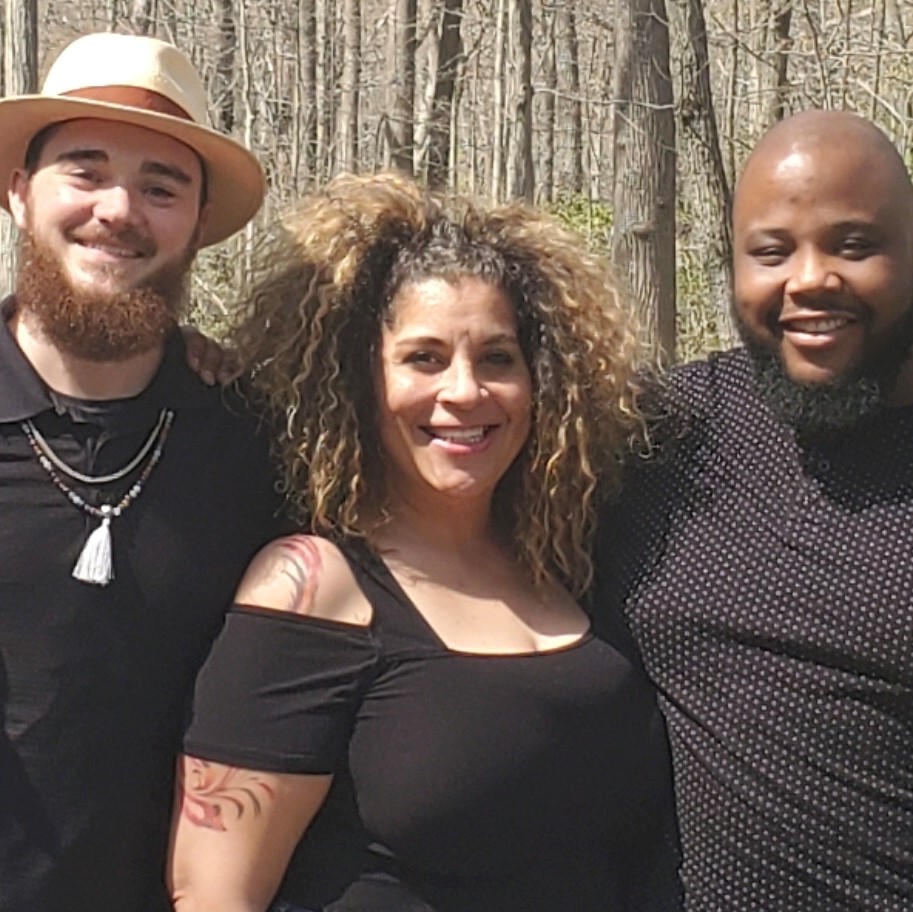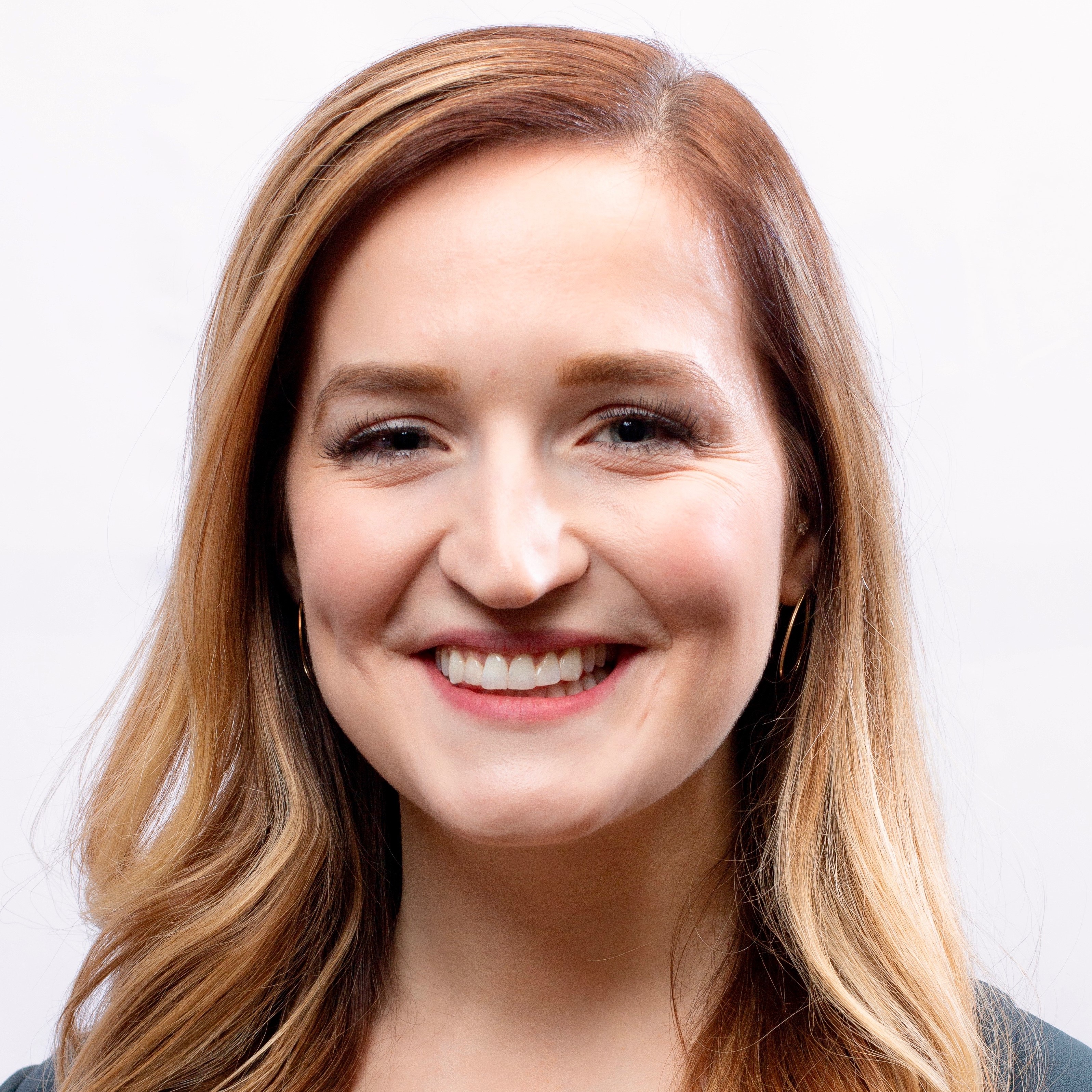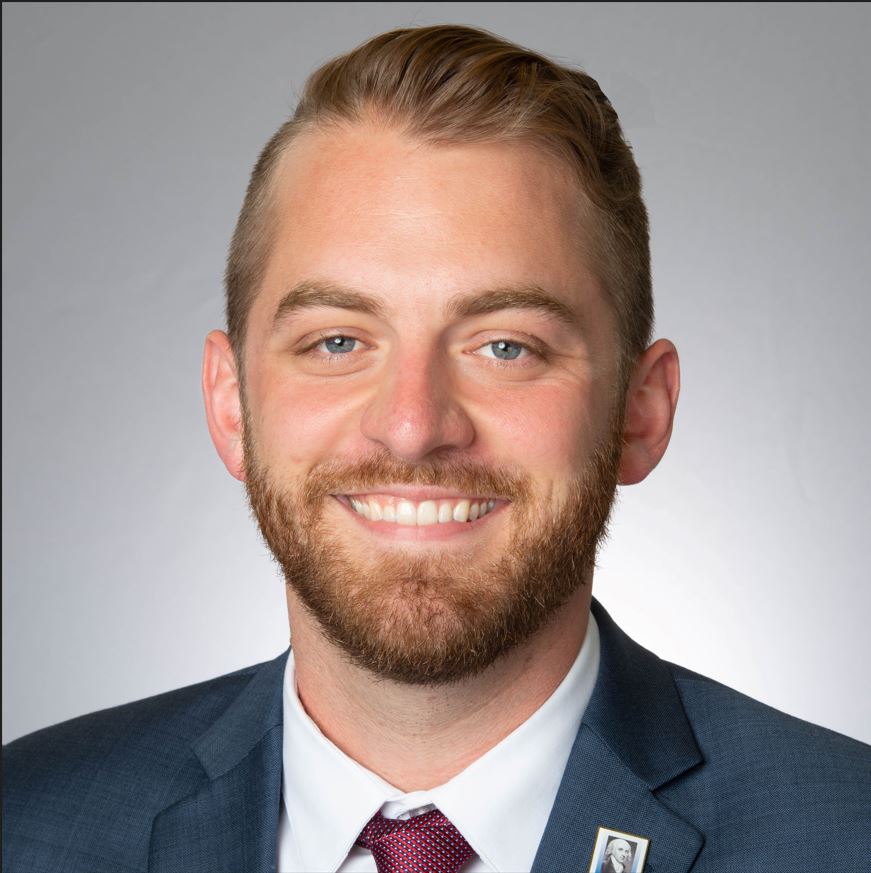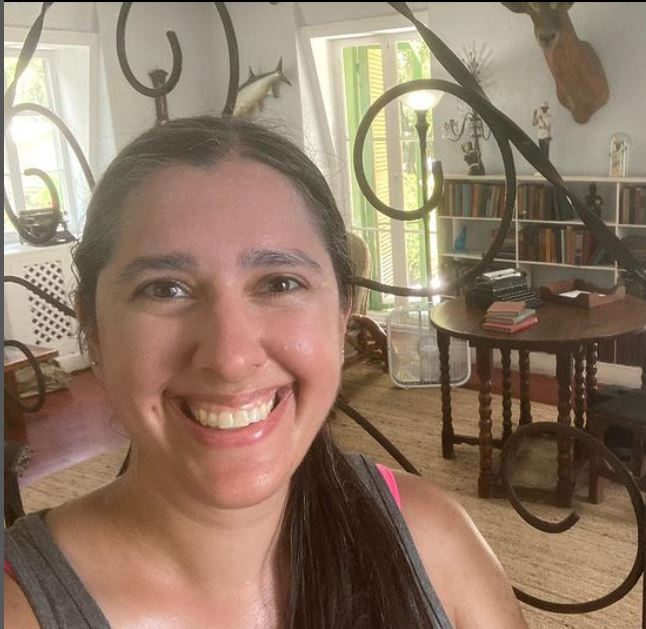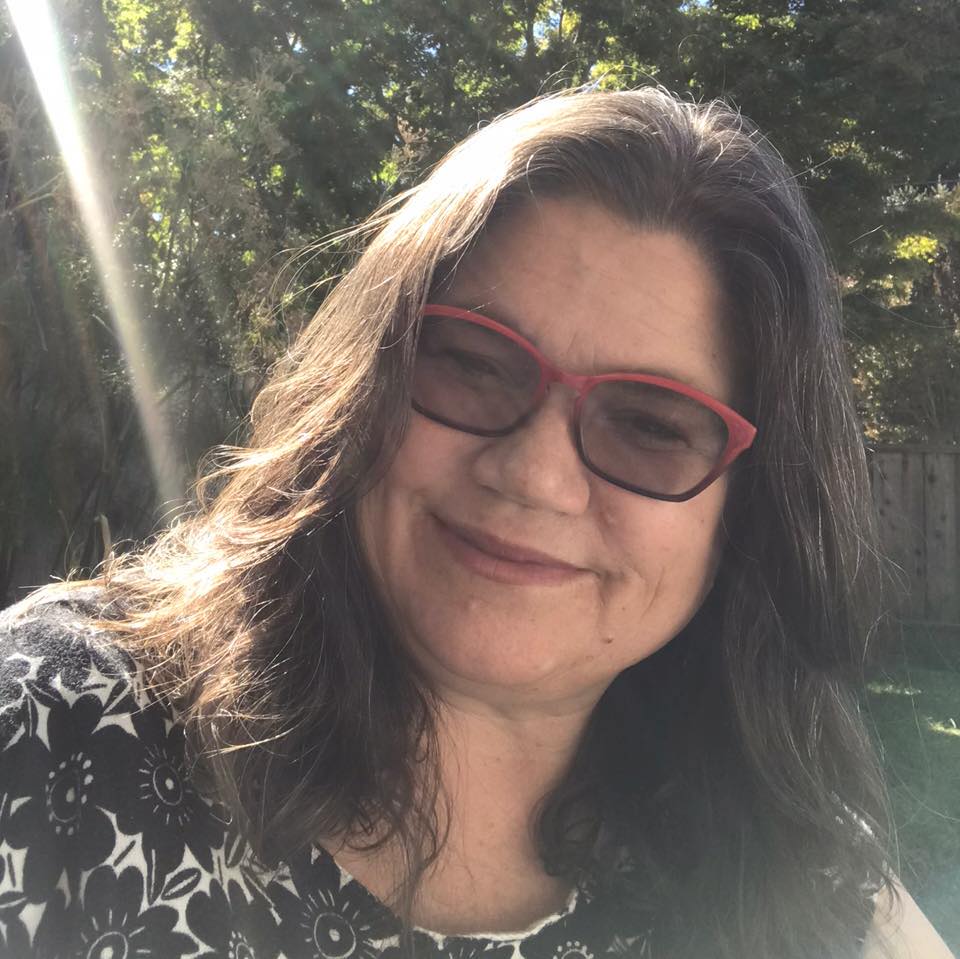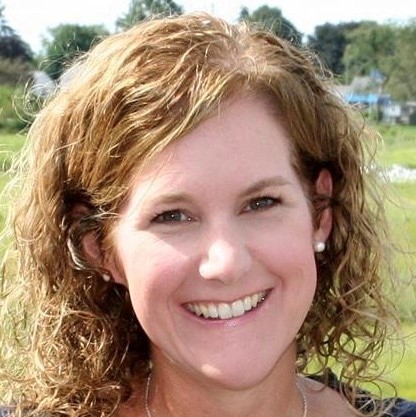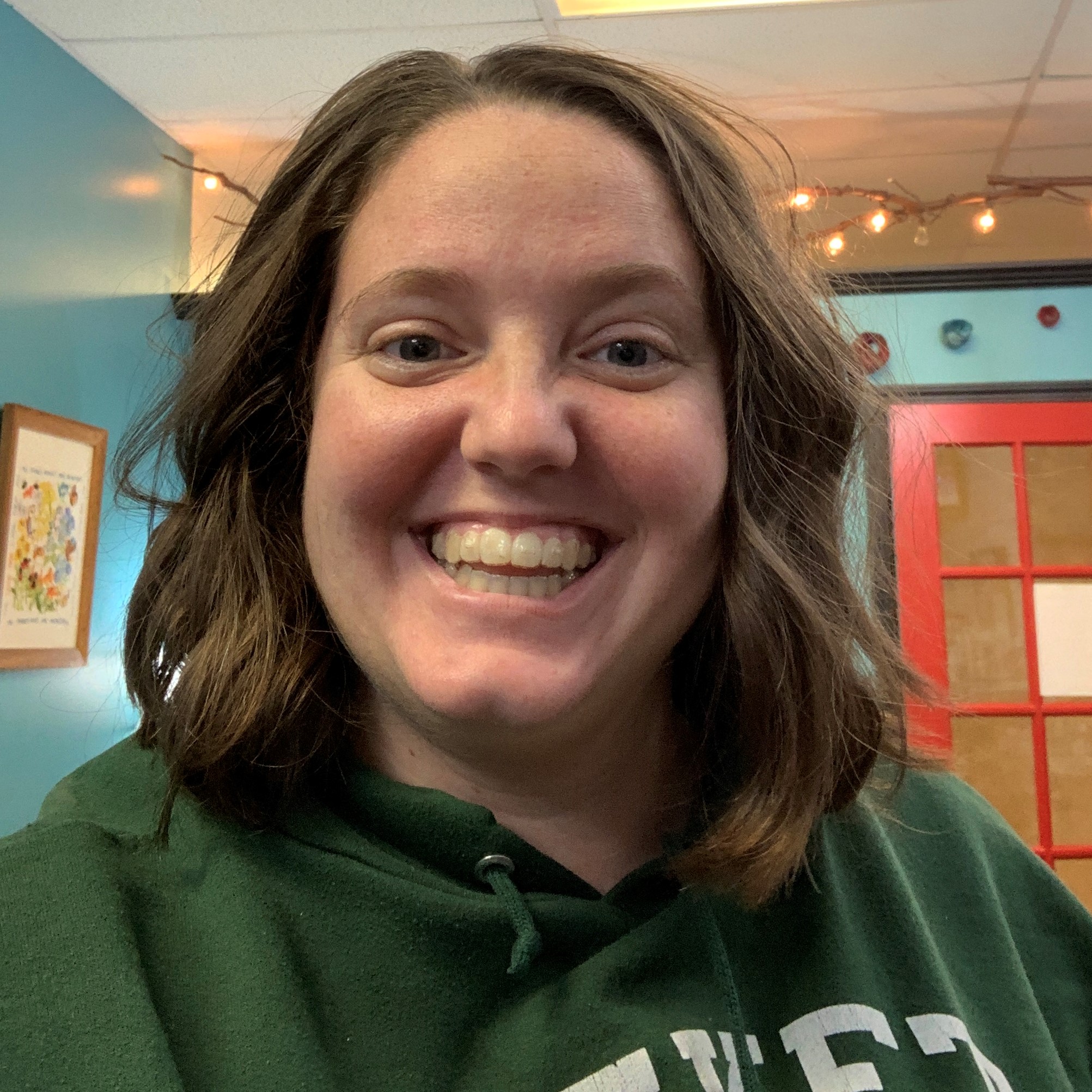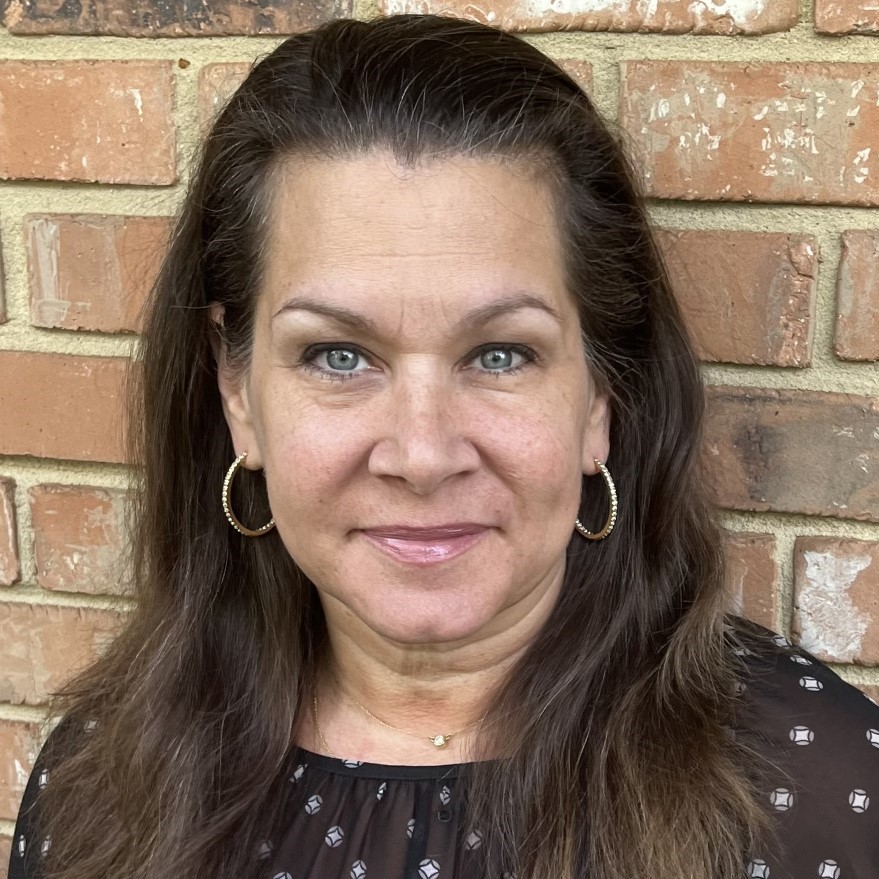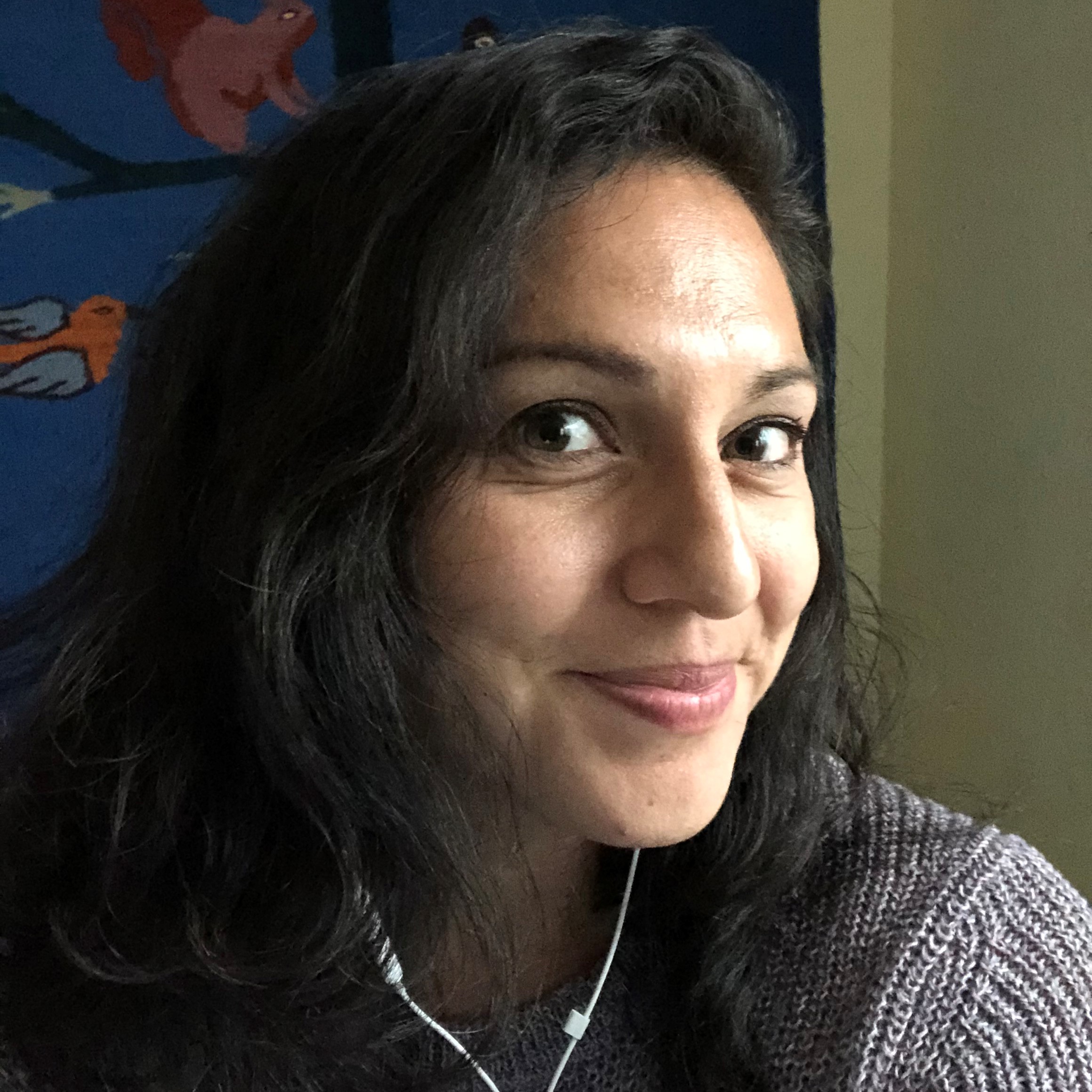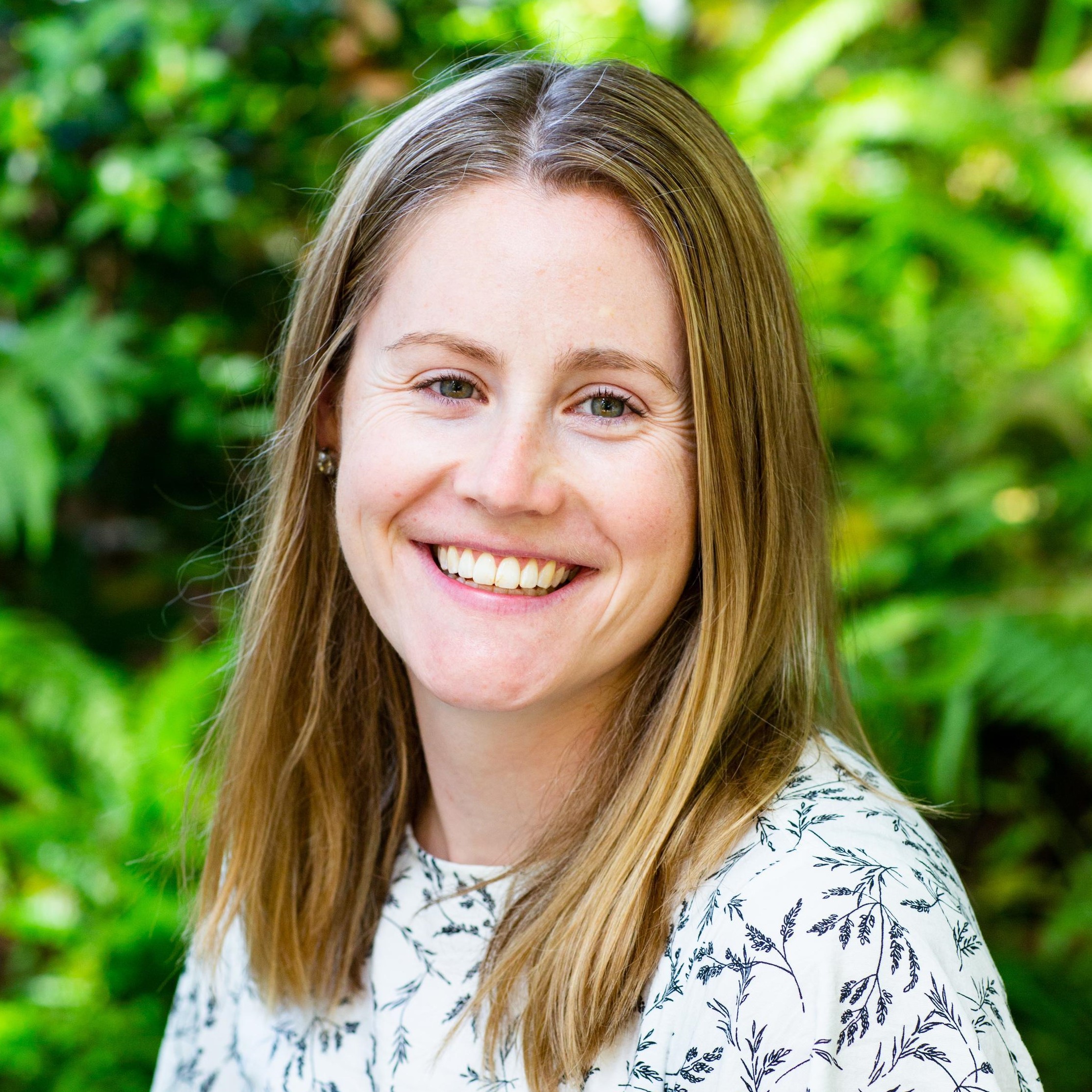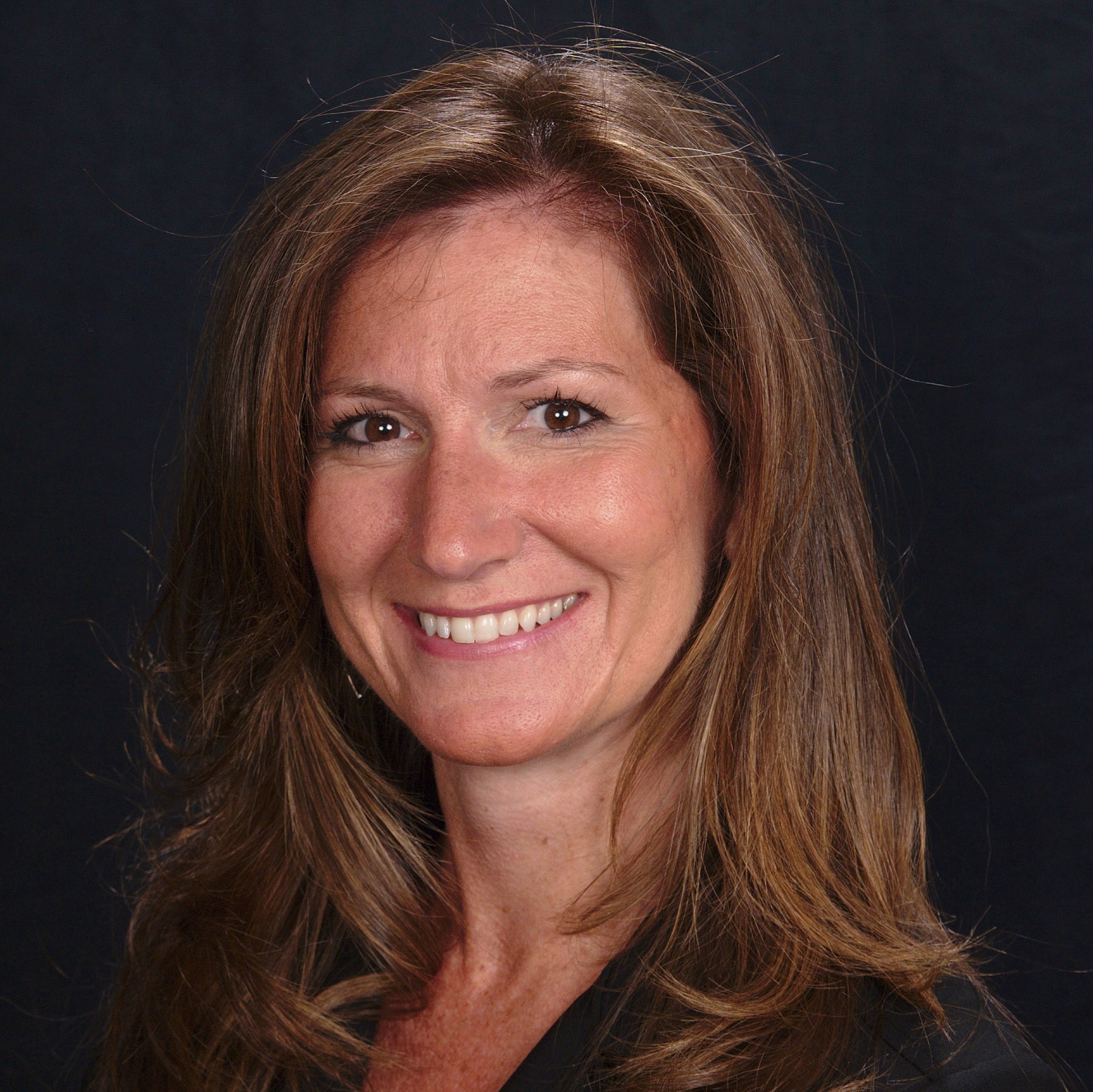The day after Labor Day is synonymous with the official return to the classroom and the age-old prompt: “What did you do this summer?” FFT Fellow Kelsi Horner is hoping students at Shawnee Mission East High School in Prairie Village, KS, ask HER that question. With two colleagues, Kelsi engaged in an immersive experience of the language, history, and culture of Costa Rica to improve Spanish language skills and explore the impact of colonization on Latin American cultures to strengthen relationships with English Language Learners and build culturally responsive, relevant lessons for all students. Kelsi writes:
“Returning to work brings the “what did you do this summer” questions. This summer I had the pleasure of FINALLY getting to execute our 2020 Fund for Teachers fellowship!
Way back in 2020, myself Kristen Reyes, Nancy Blackburn and I applied for a Fund for Teachers grant. We all taught some form of World Regional Studies and wanted to improve our knowledge so that we could improve our instruction to help our students. Well two months after we applied, COVID happened. And our fellowship was put on hold, all the way until this June! Our timing was not the only thing that changed. Due to some political unrest, we decided our location needed to change and Fund for Teachers trusted us.
In June, we finally left for our fellowship! Our first stop was Monteverde. We stayed with three different Costa Rican families and attended Spanish immersion classes in the morning. Both my family and my teacher were very patient (and for that I am very grateful!)!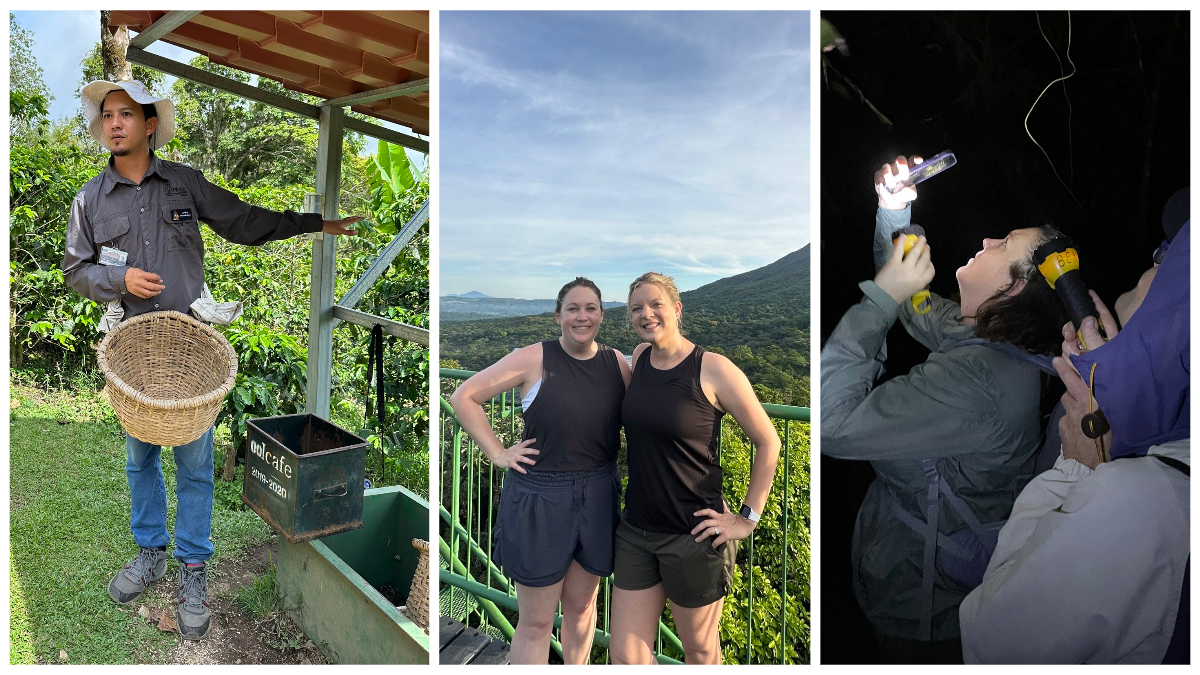
In the afternoons we tried to learn whatever Monteverde could teach us about environmental geography- from the El Trapiche Tour in Santuario Ecologico, a night walk through Bosque Eterno de los Ninos (lots of creepy crawlies!), and even learned some history (while atop some horses).
We had one more stop before departing- Sarchi! We stopped in Sarchi as it was the birth place of the oxcart (also where they paint them nice and pretty)! A pretty significant item in terms of the movement of goods and a nice way to conclude our adventures.
I cannot say enough good about Fund for Teachers – they are an organization that TRUSTS teachers and wants to keep teachers in the classroom. I hope to let everyone I know, know that this organization exists and that they should take part in it and dream up their own fellowship! Thank you, Fund for Teachers, for making this come true for us! We can’t wait to take this information back to our schools in the next few weeks. Teacher friends- ASK ME! I will help give you all the info you could possibly need! It’s worth it.
Kelsi Horner is an instructional coach at Shawnee Mission East High School in Prairie Village, Kansas. While currently teaching Student Success Skills, she has taught everything in the social studies world from World Regional Studies to Economics to AP US History. In addition to her work in the classroom, she also assists in the creation of district-wide social studies and world language curriculums. In her free time, Kelsi enjoys entertaining her corgi, Stella.
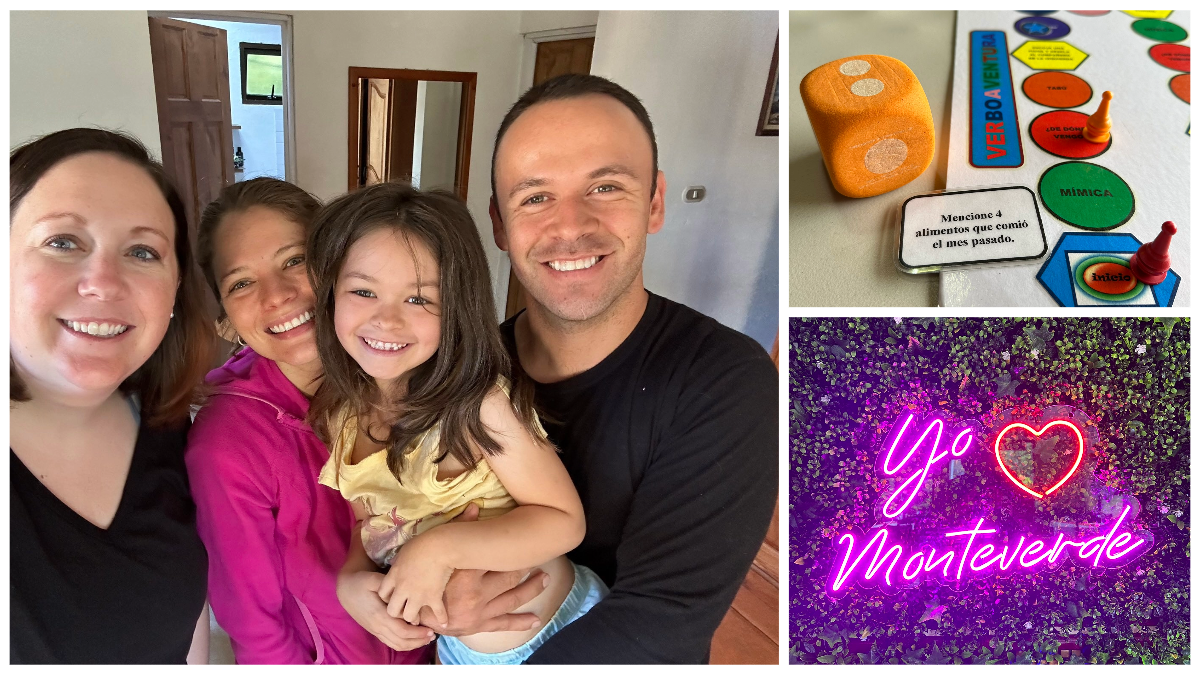
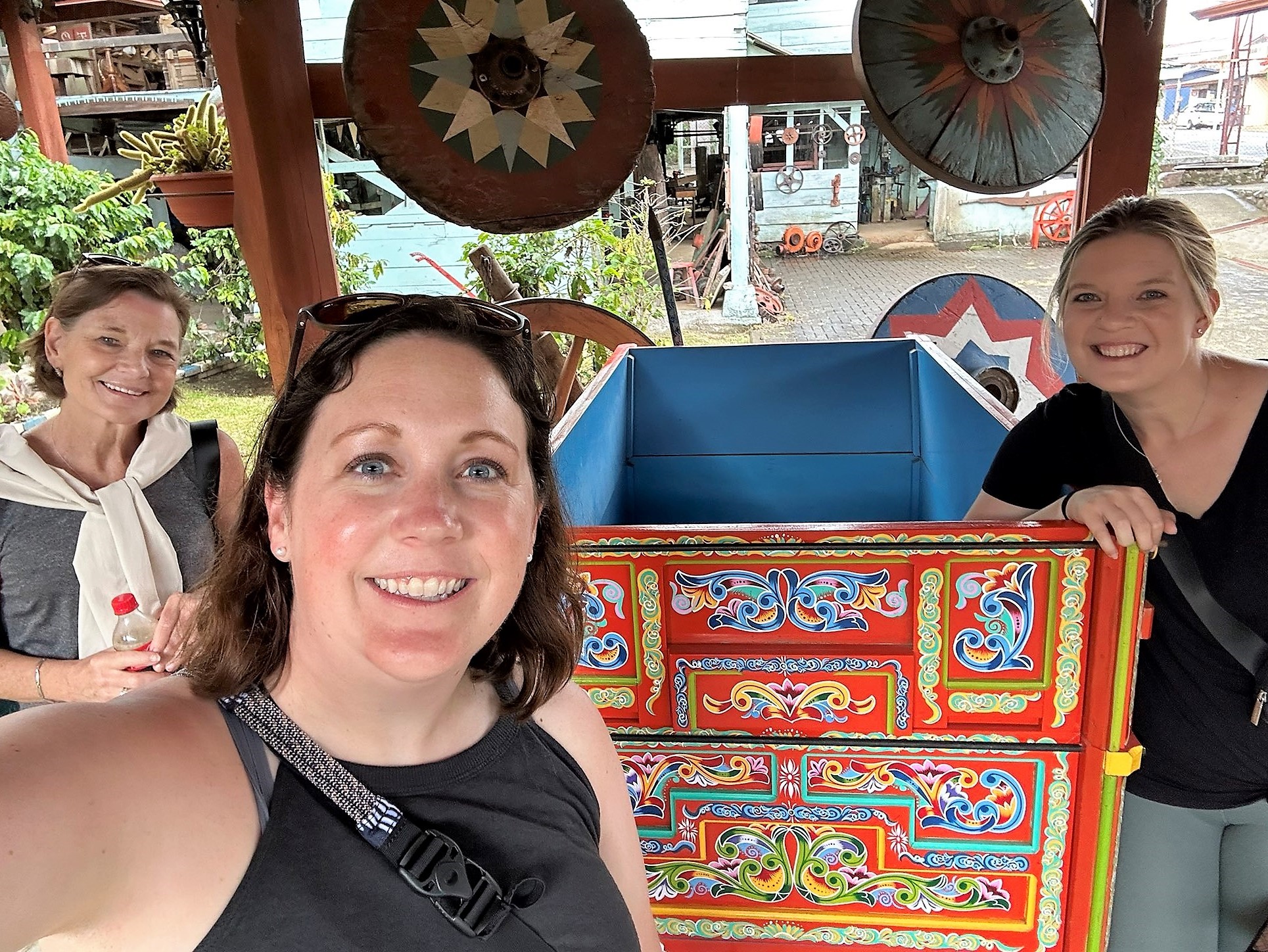
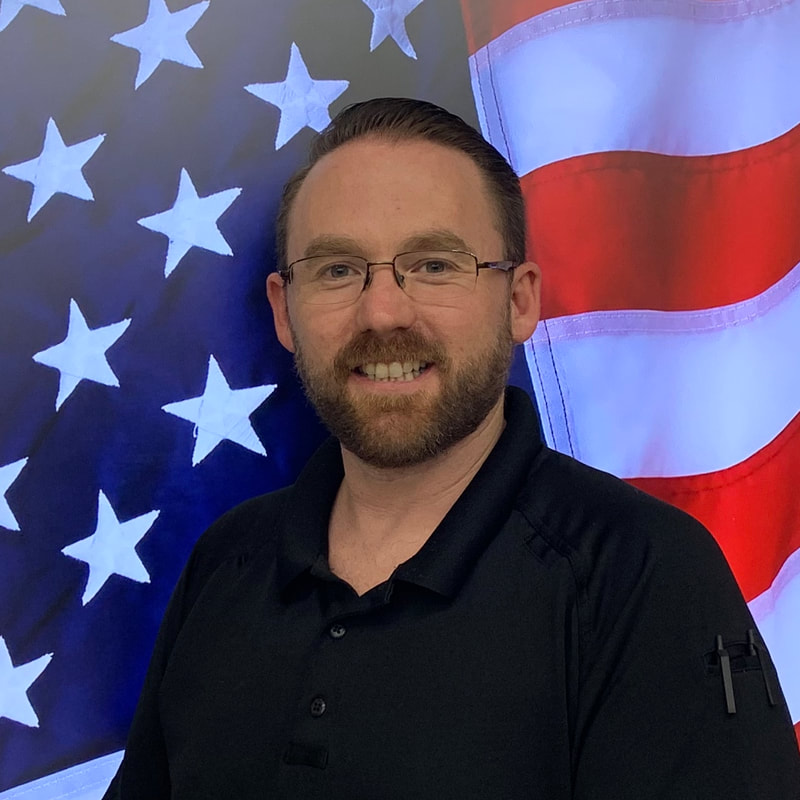

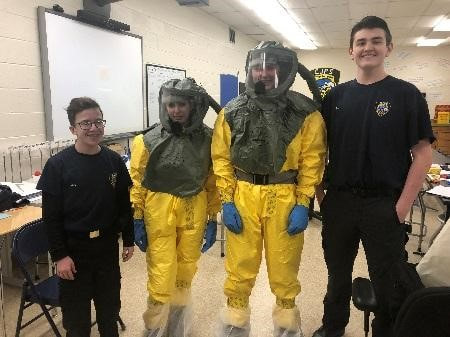
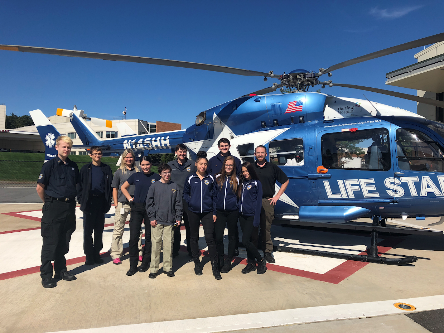
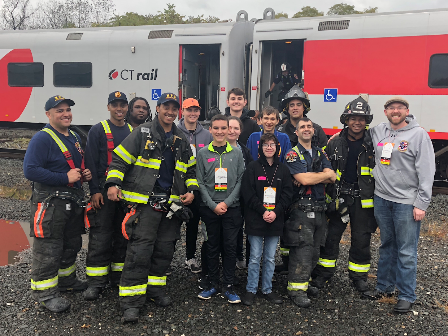
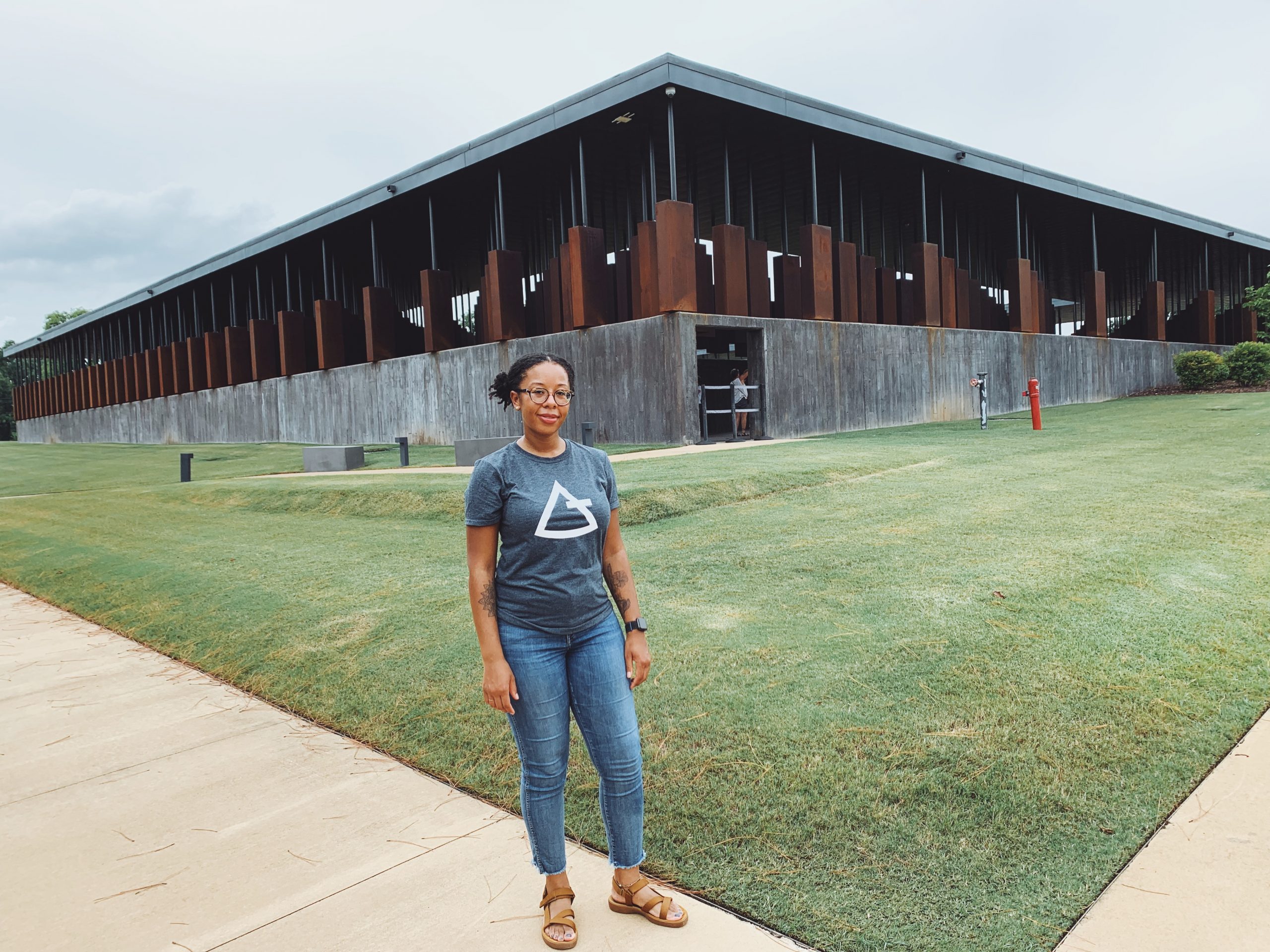
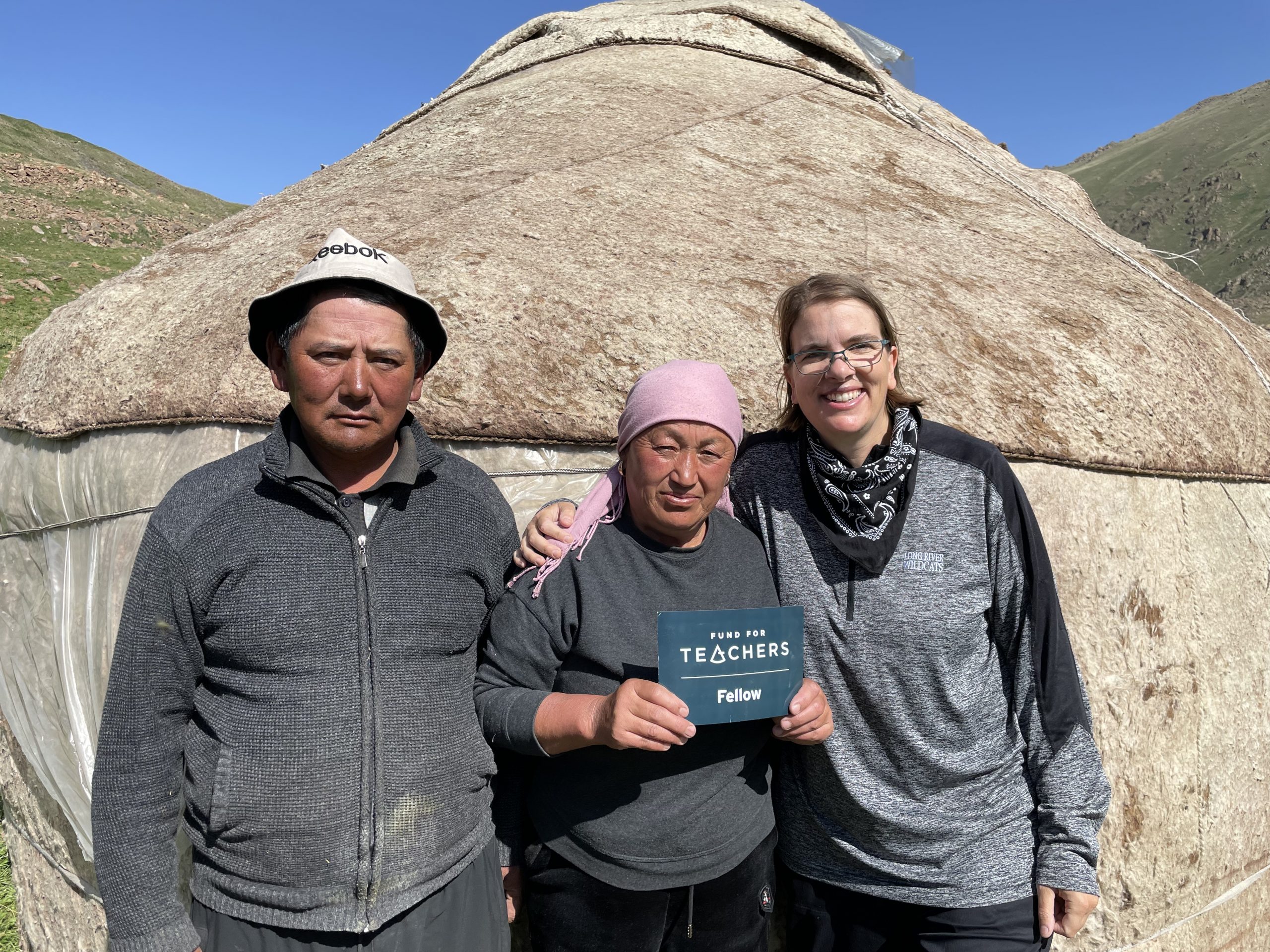

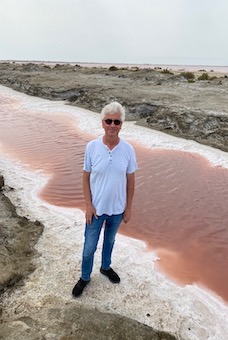
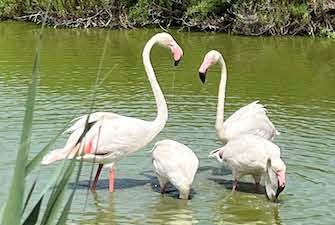
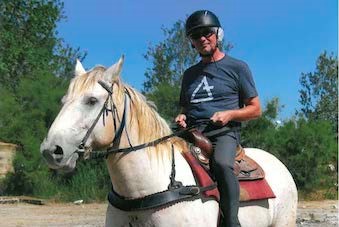
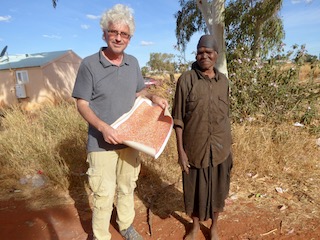
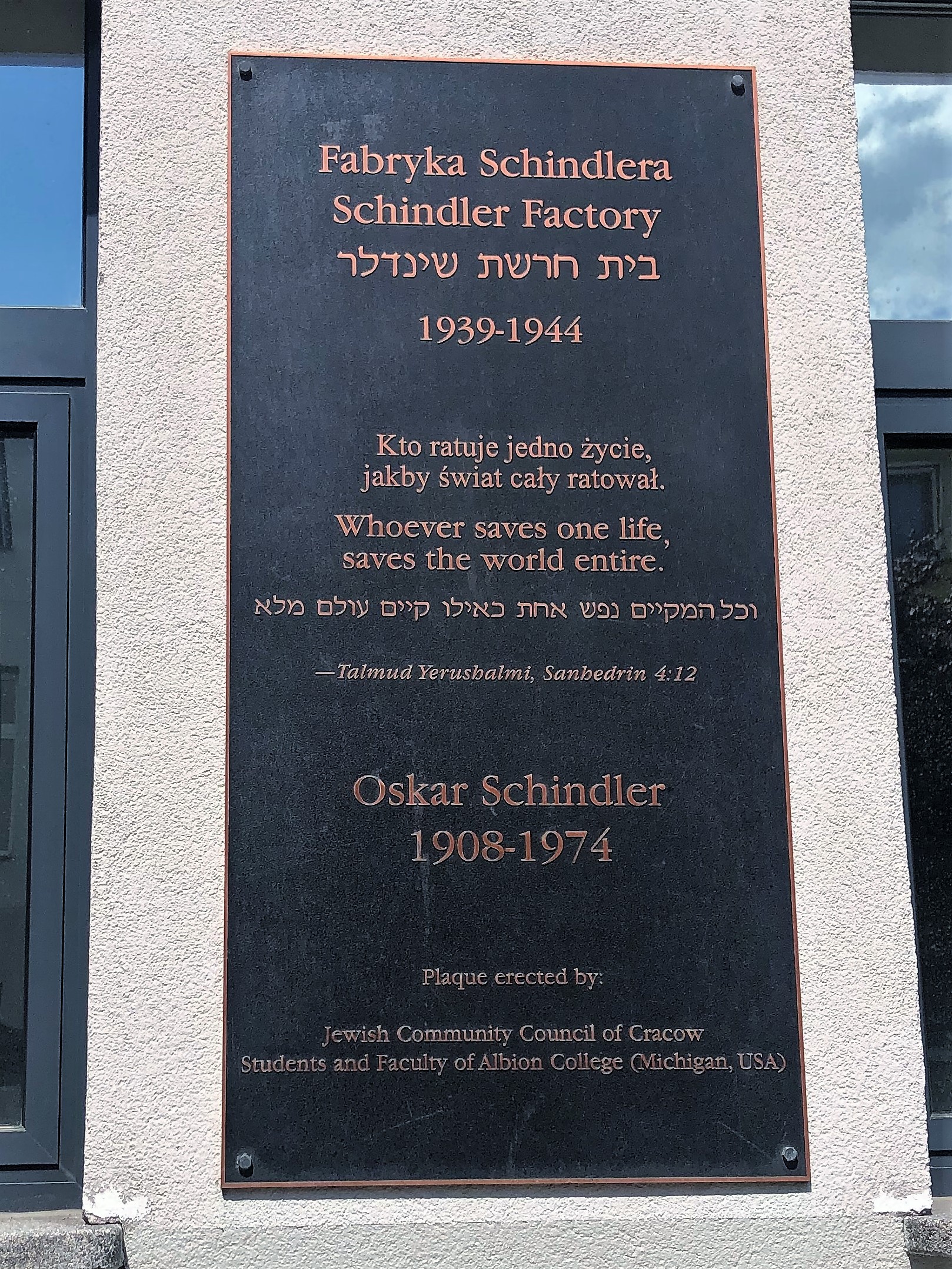
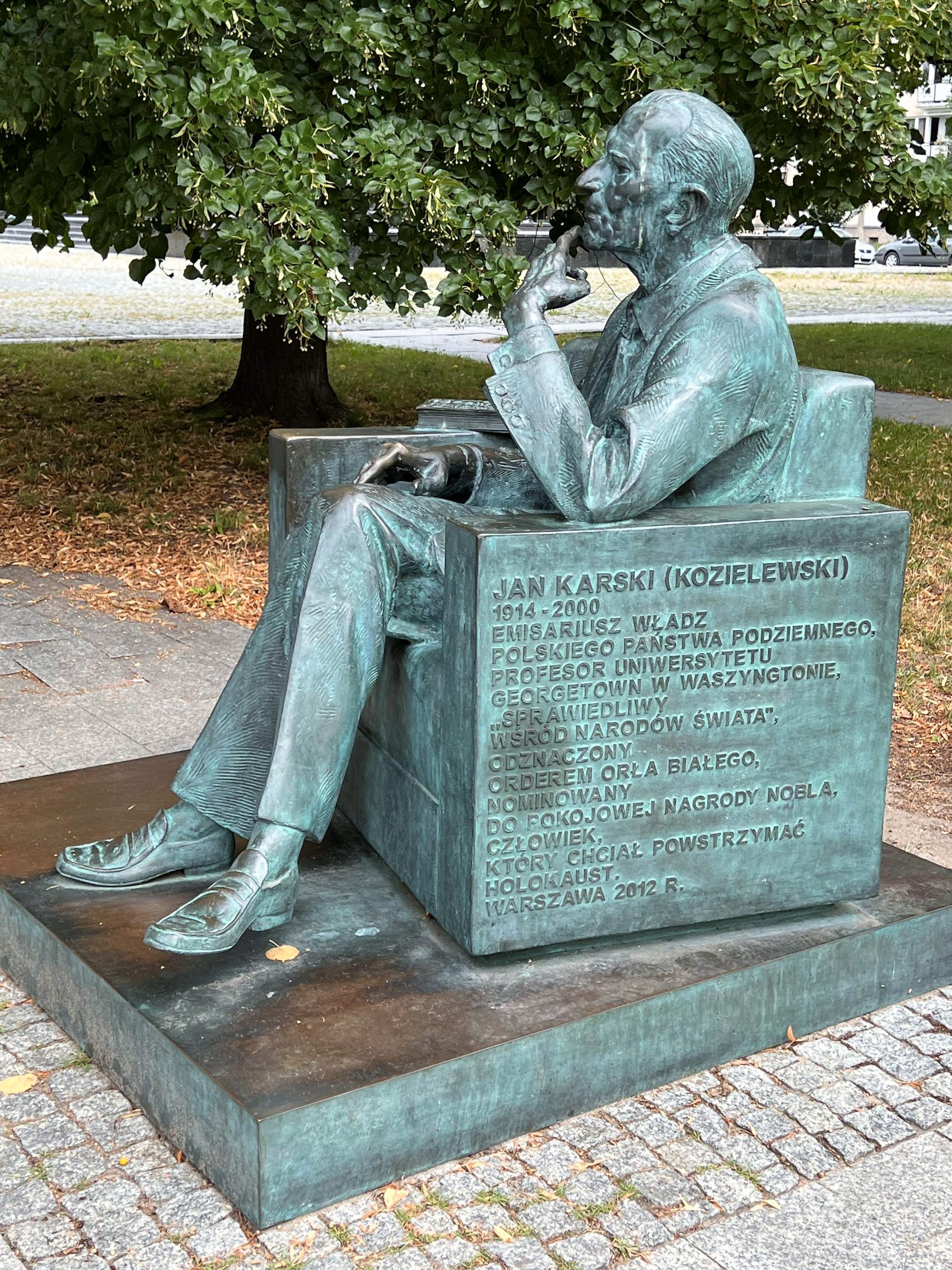
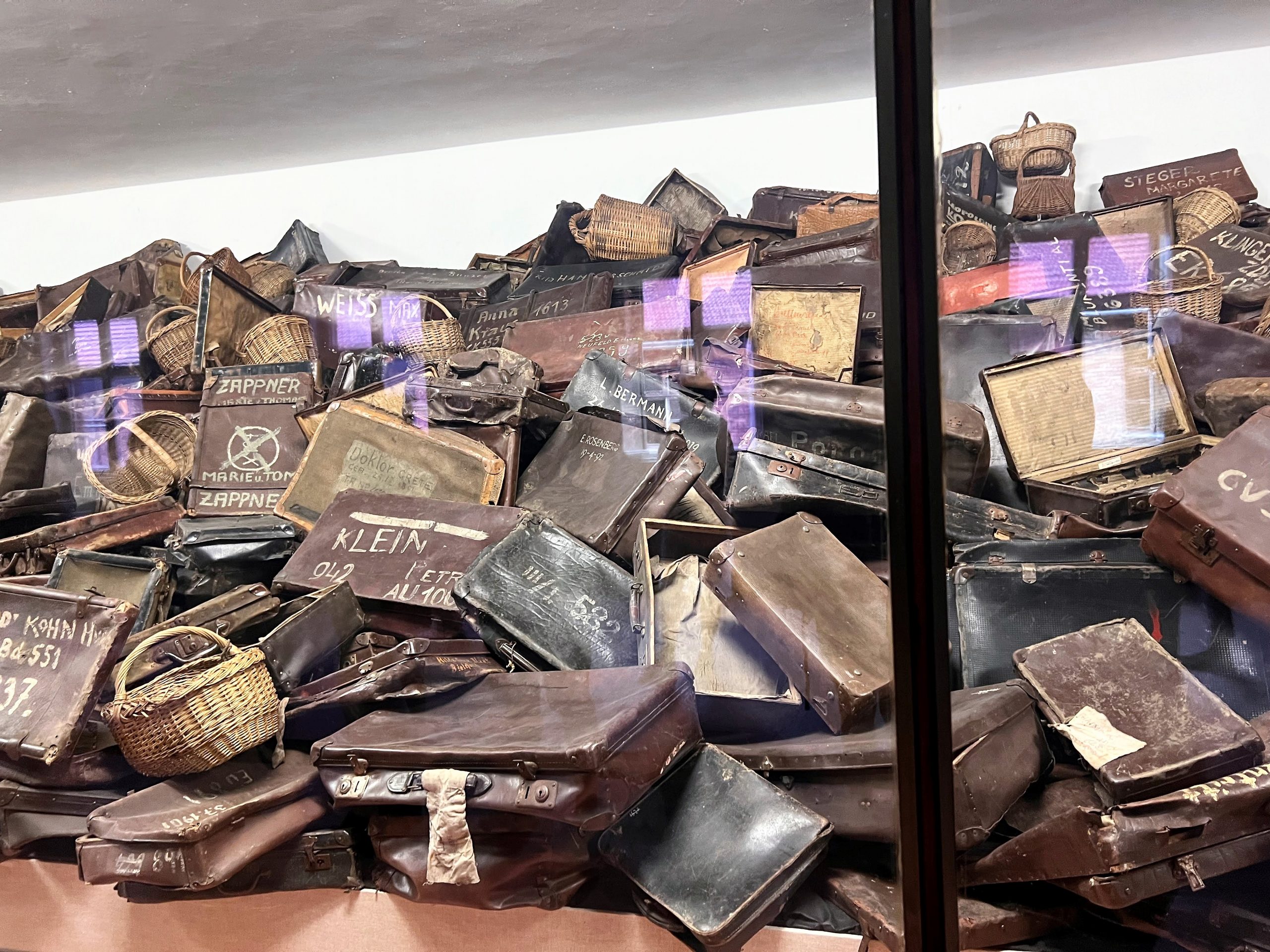
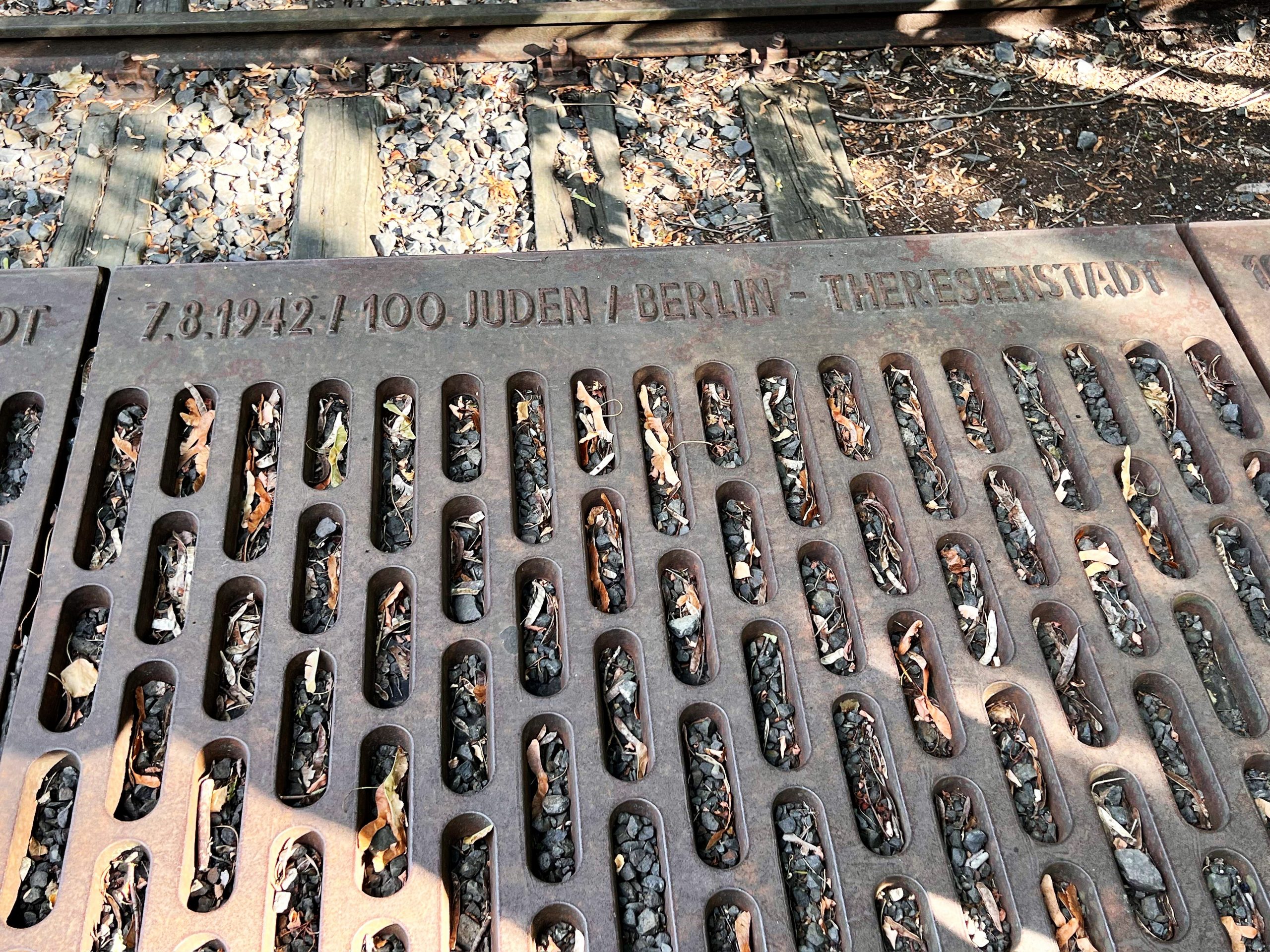
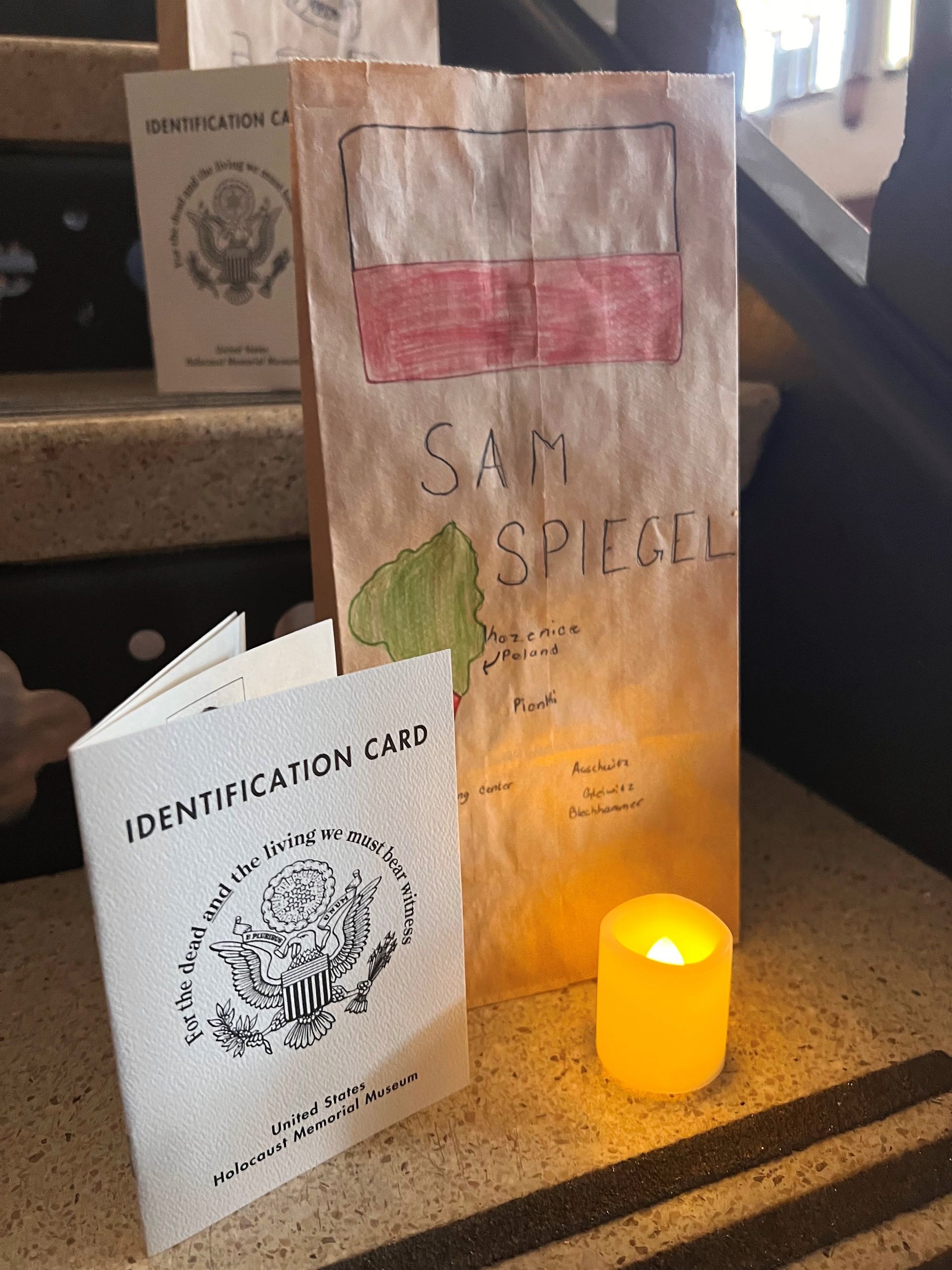
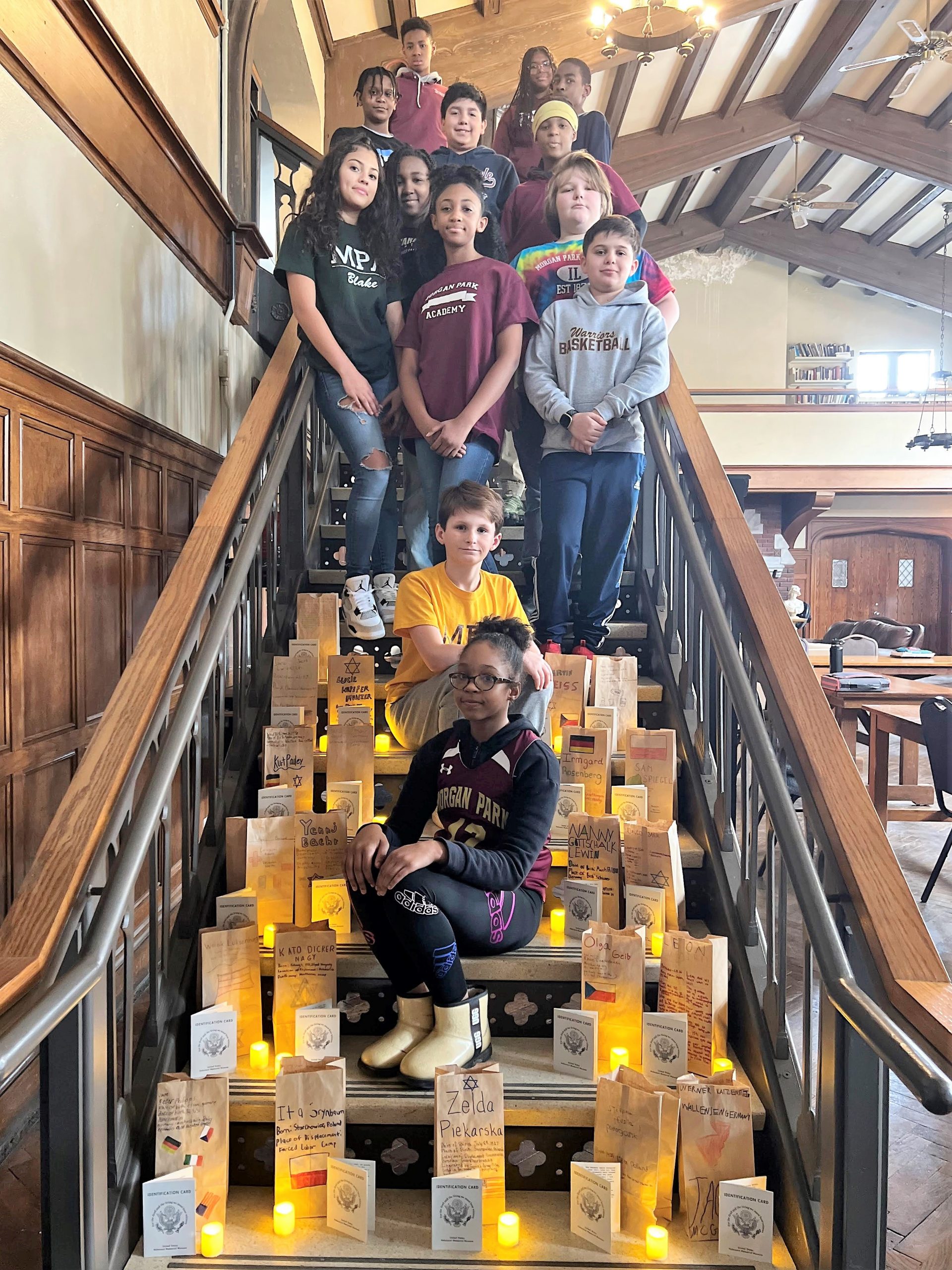
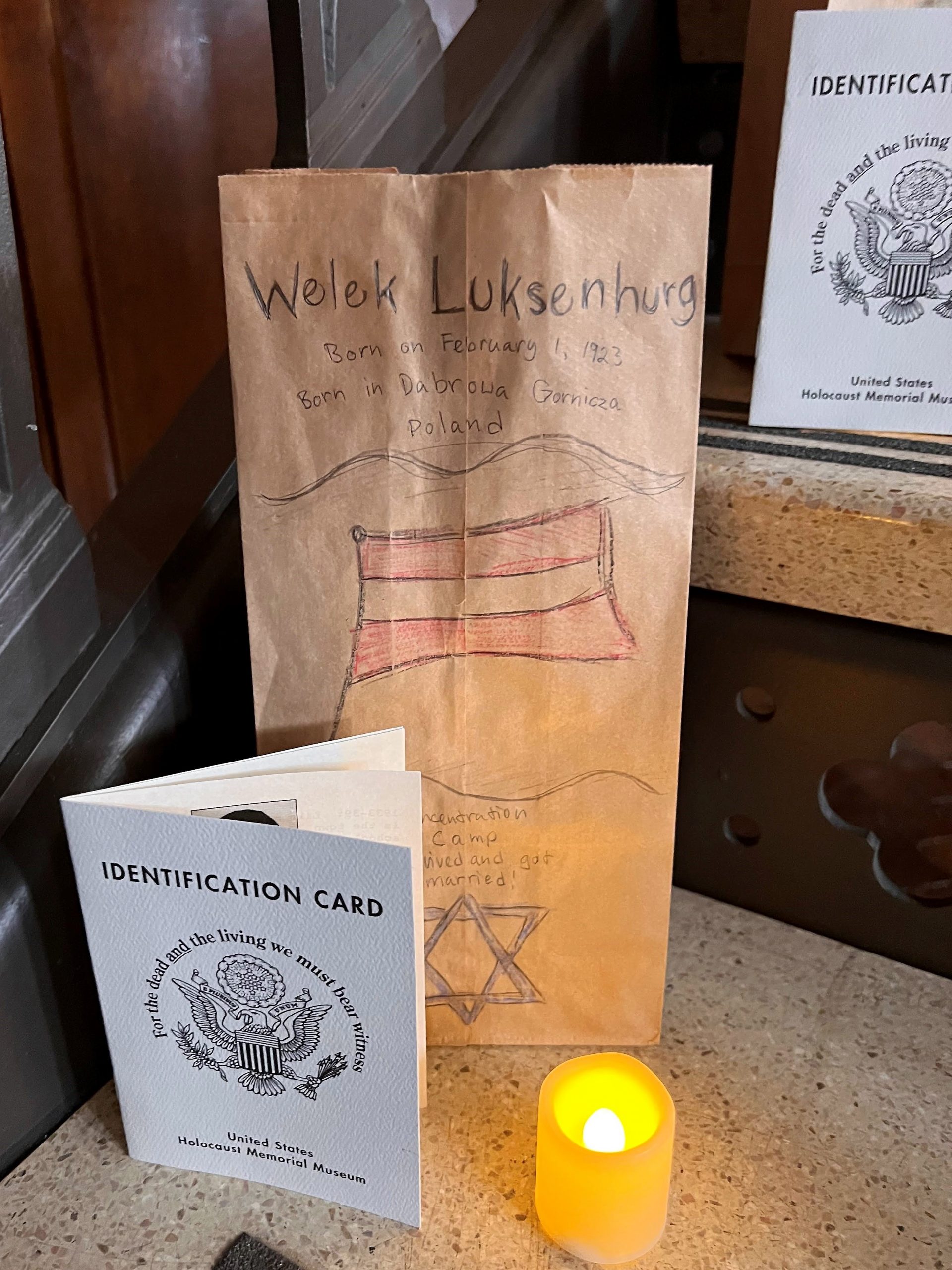
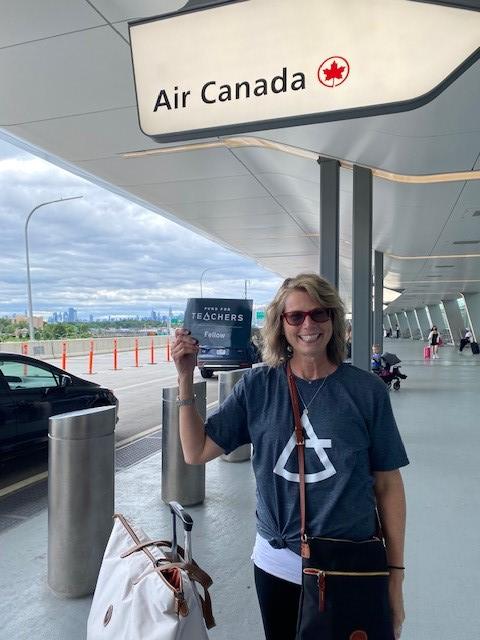
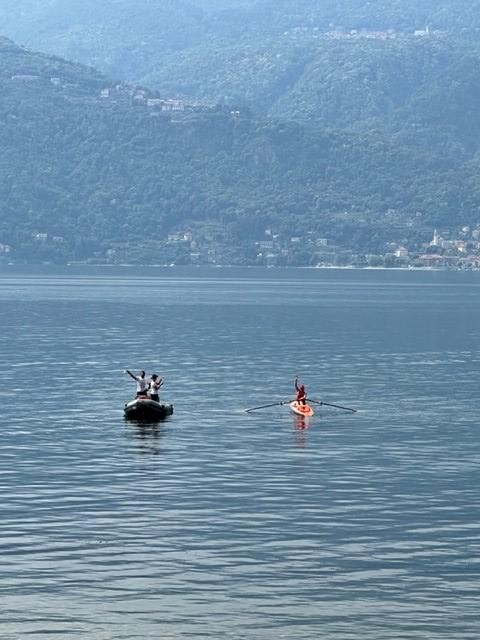
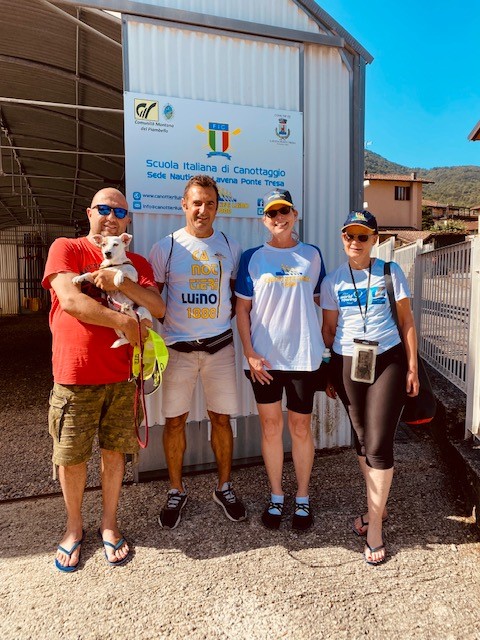
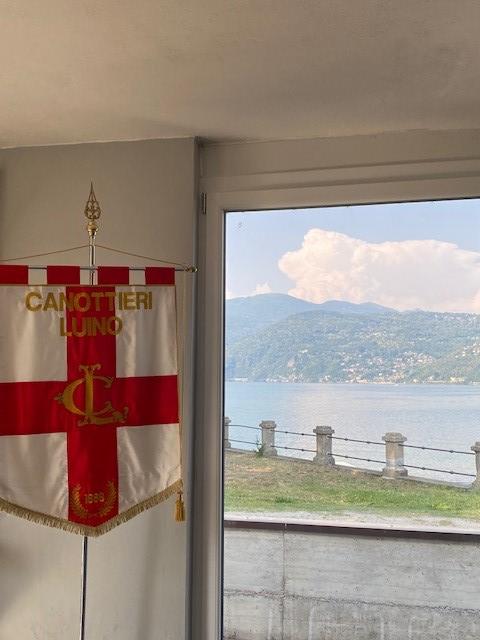
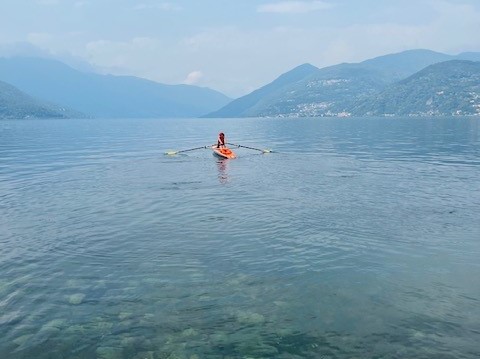 [minti_divider style=”1″ icon=”” margin=”20px 0px 20px 0px”]
[minti_divider style=”1″ icon=”” margin=”20px 0px 20px 0px”]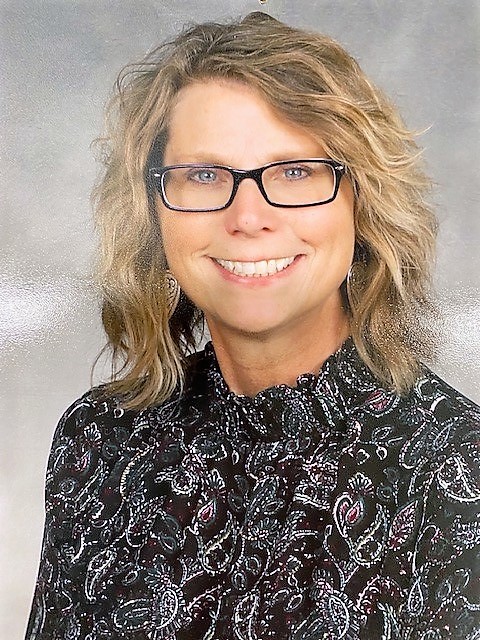
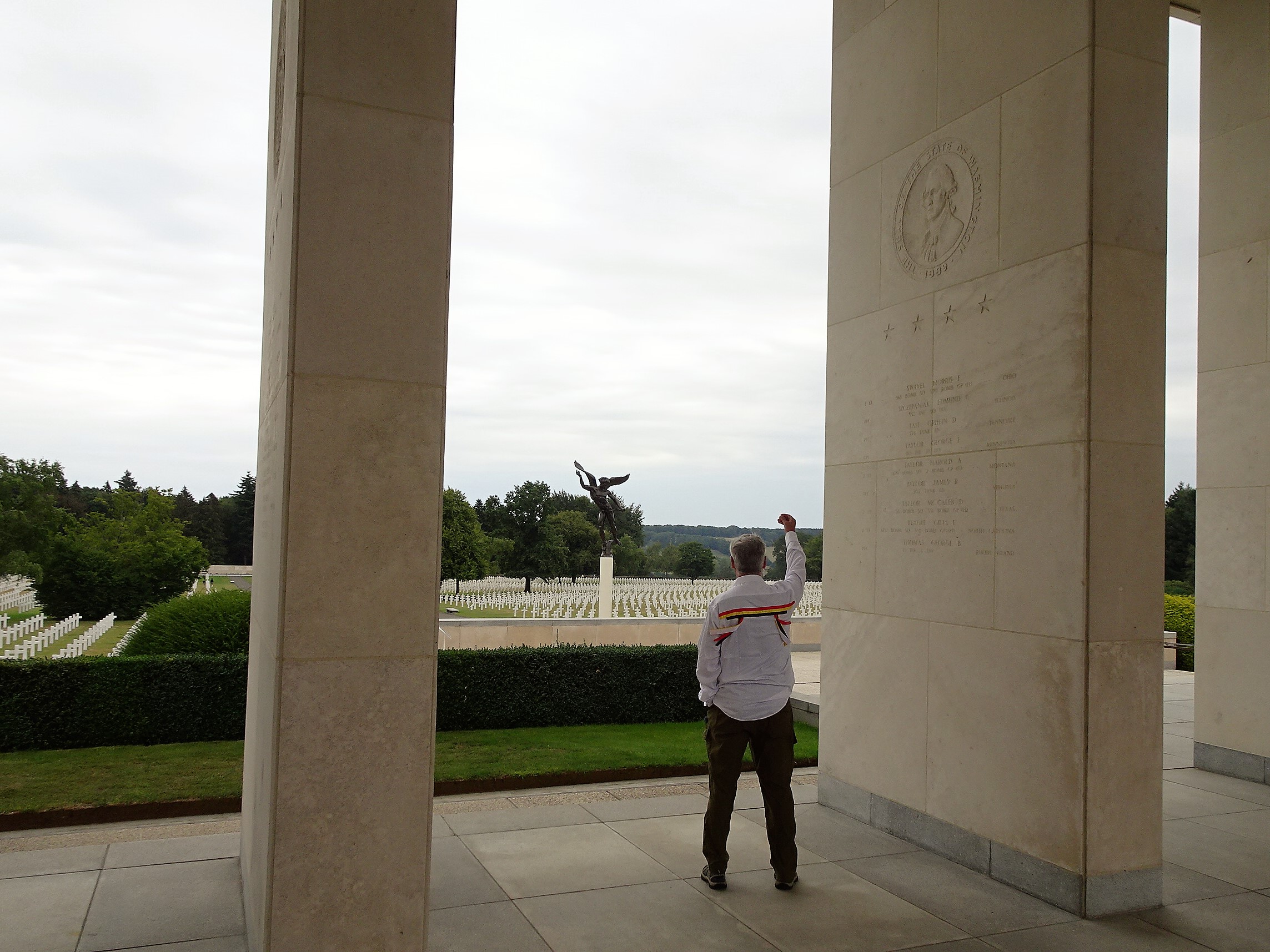
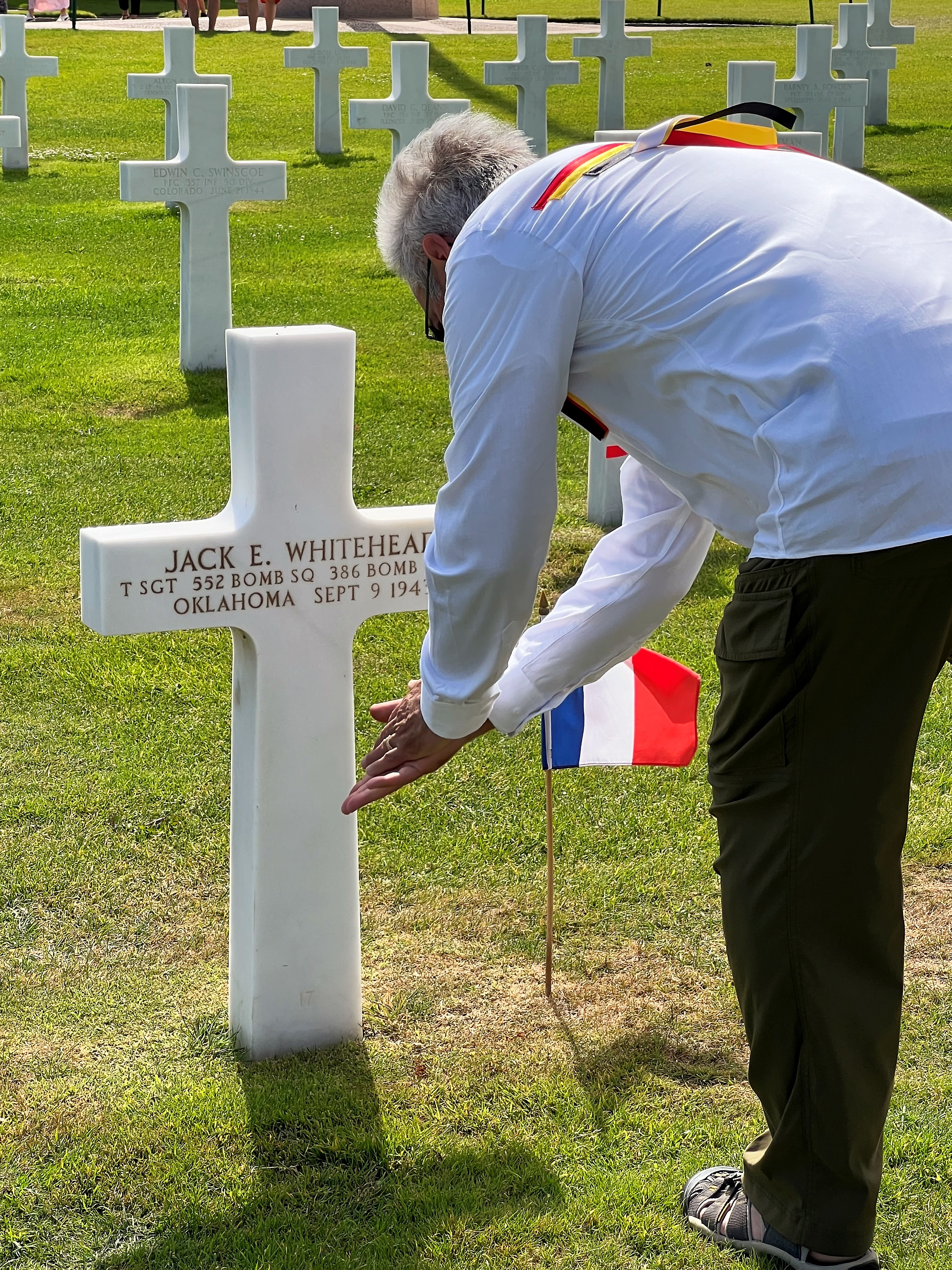
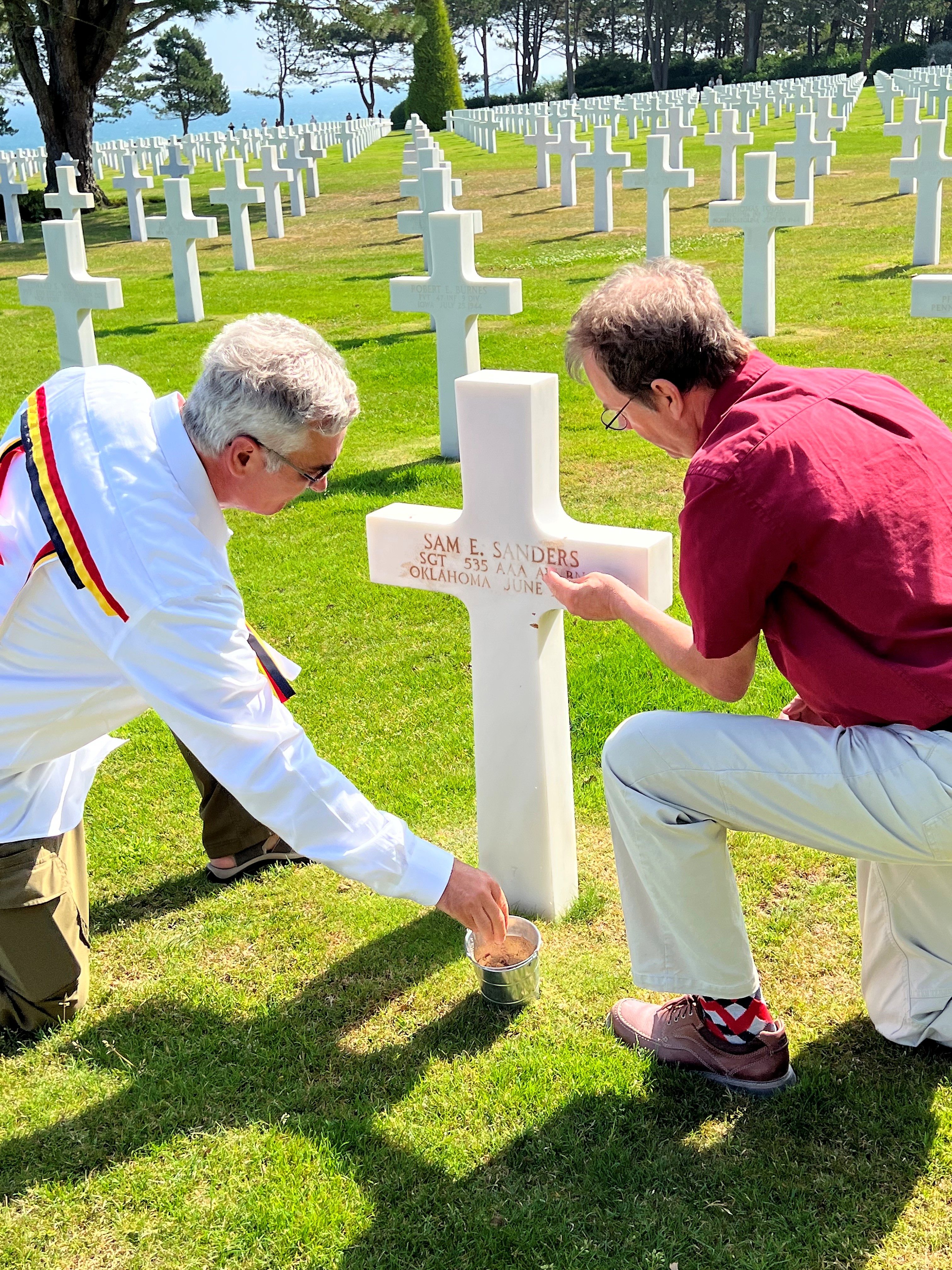
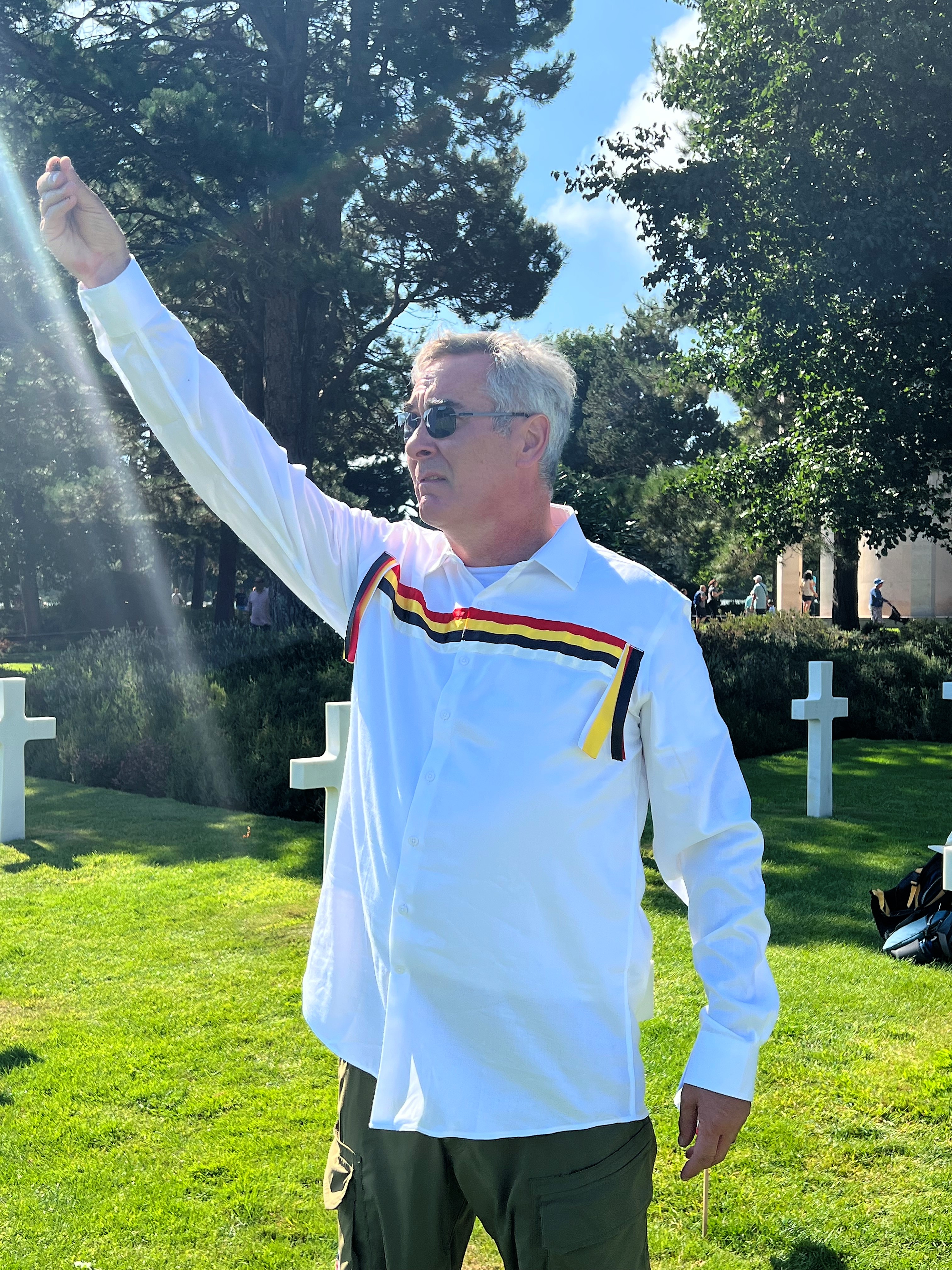
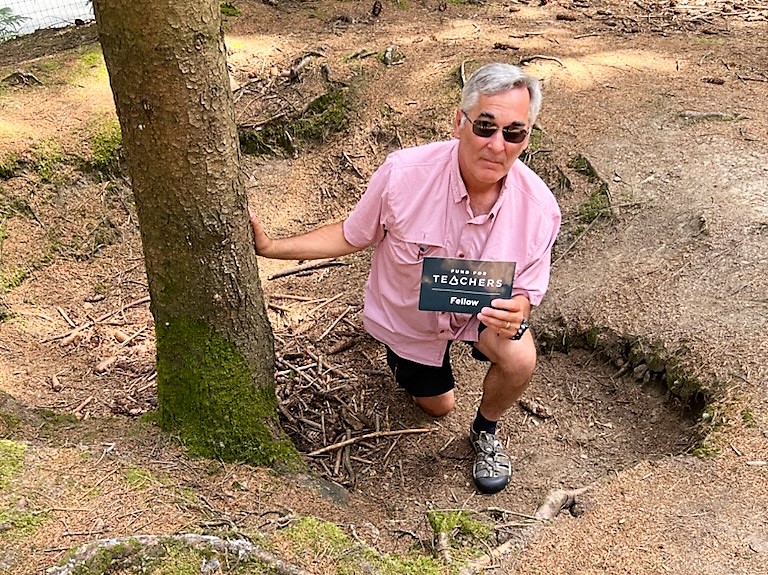
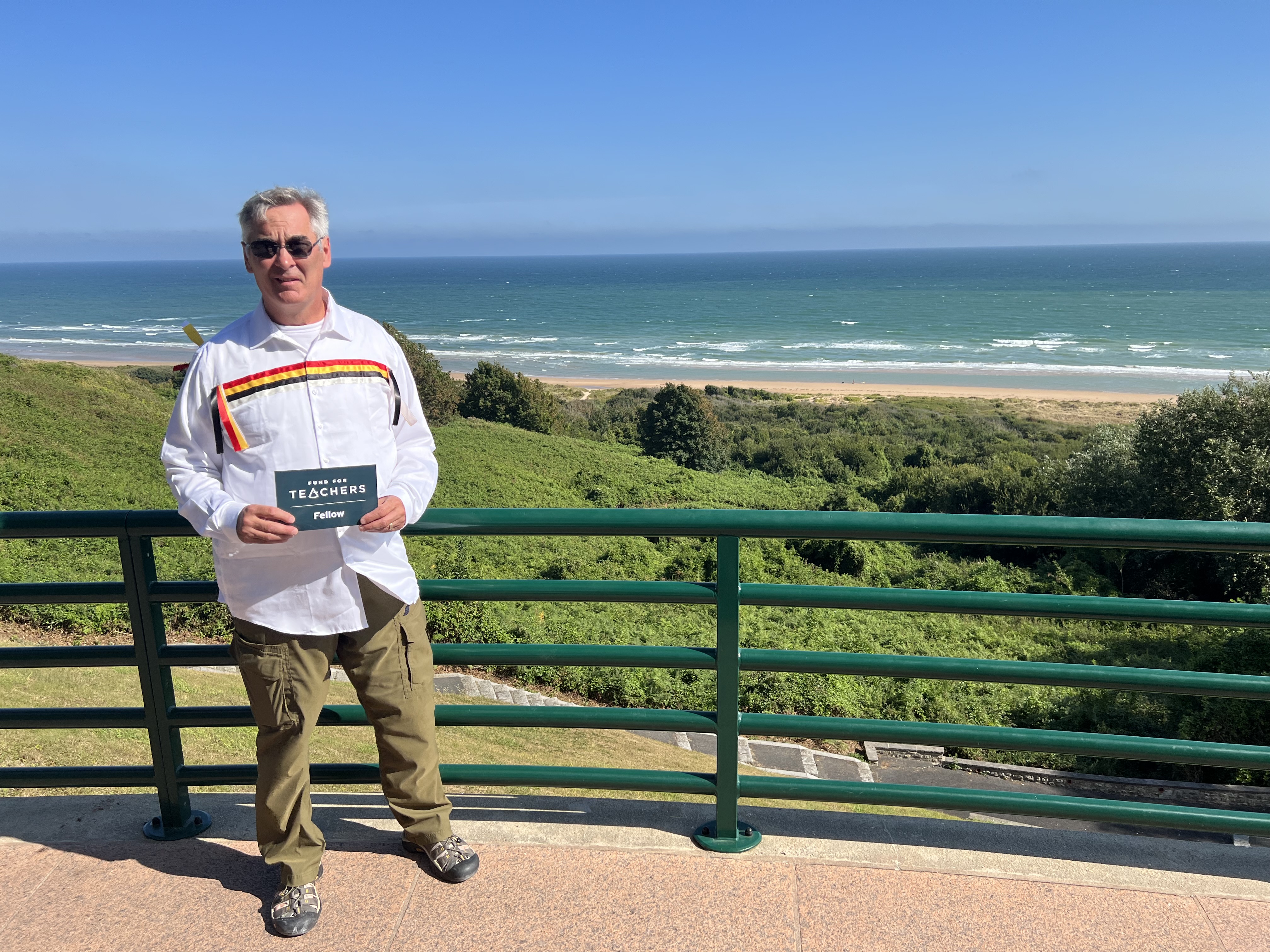
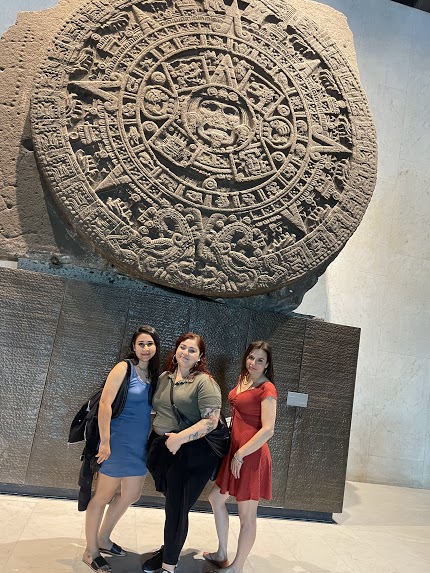
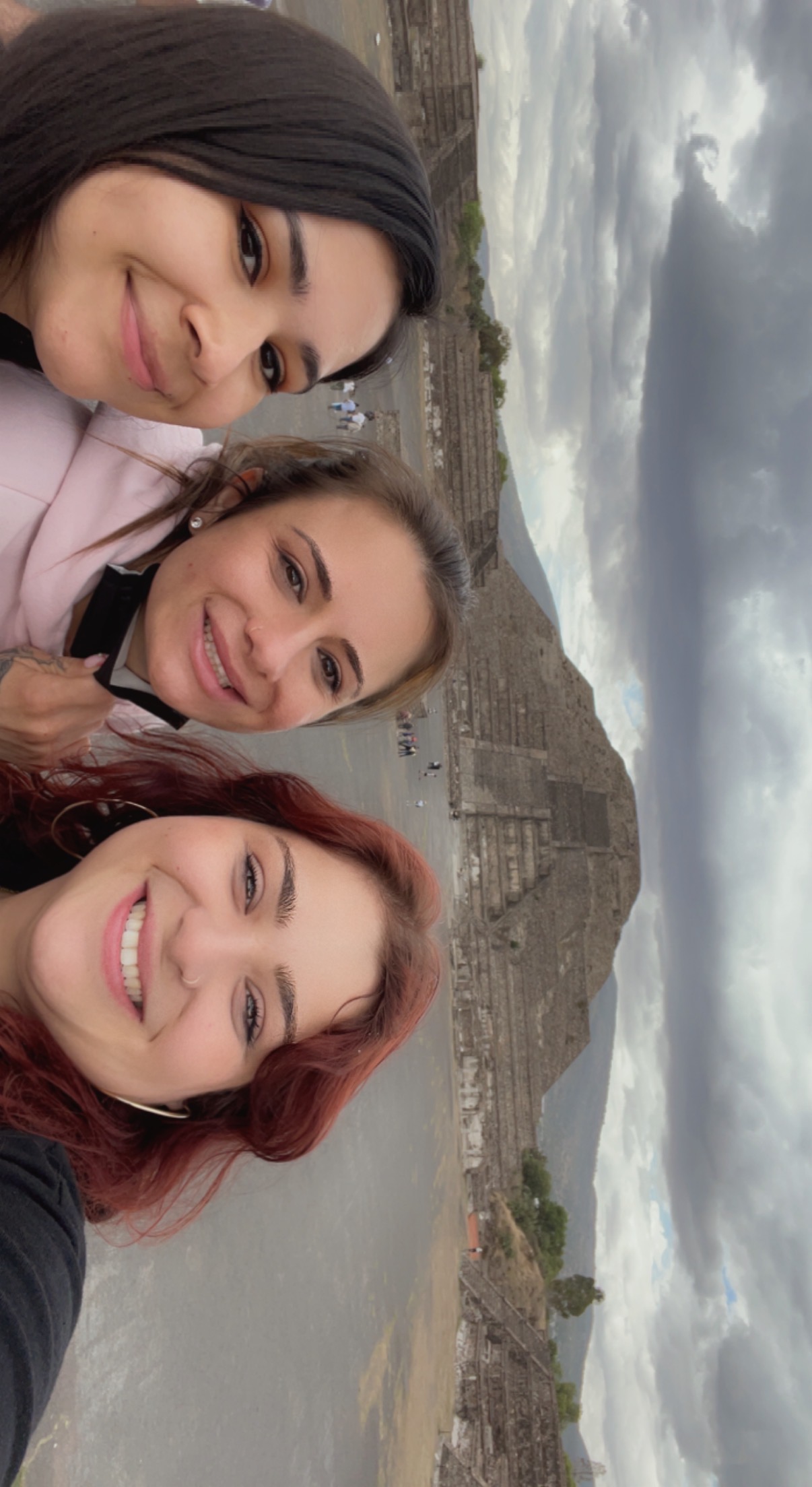
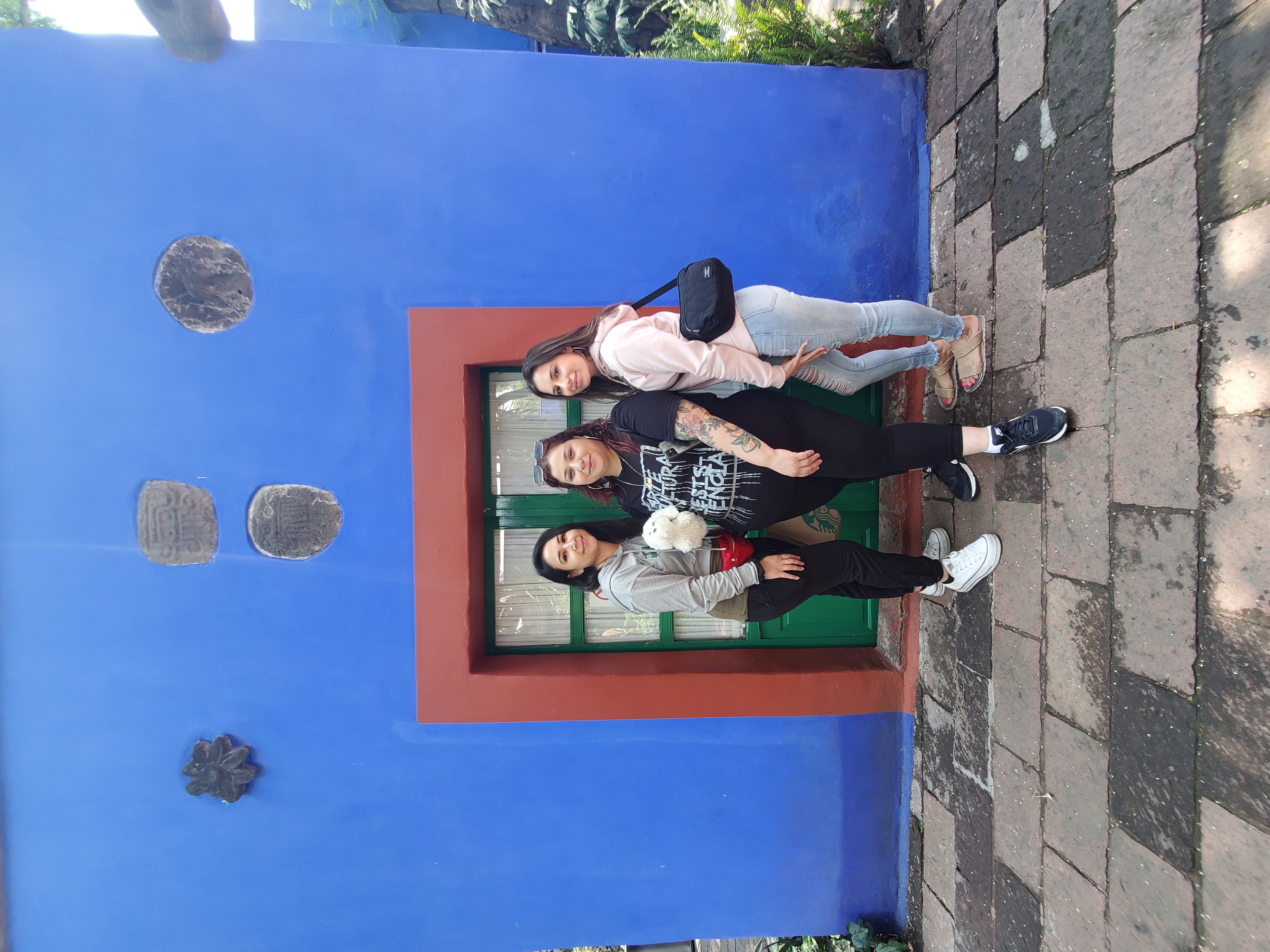
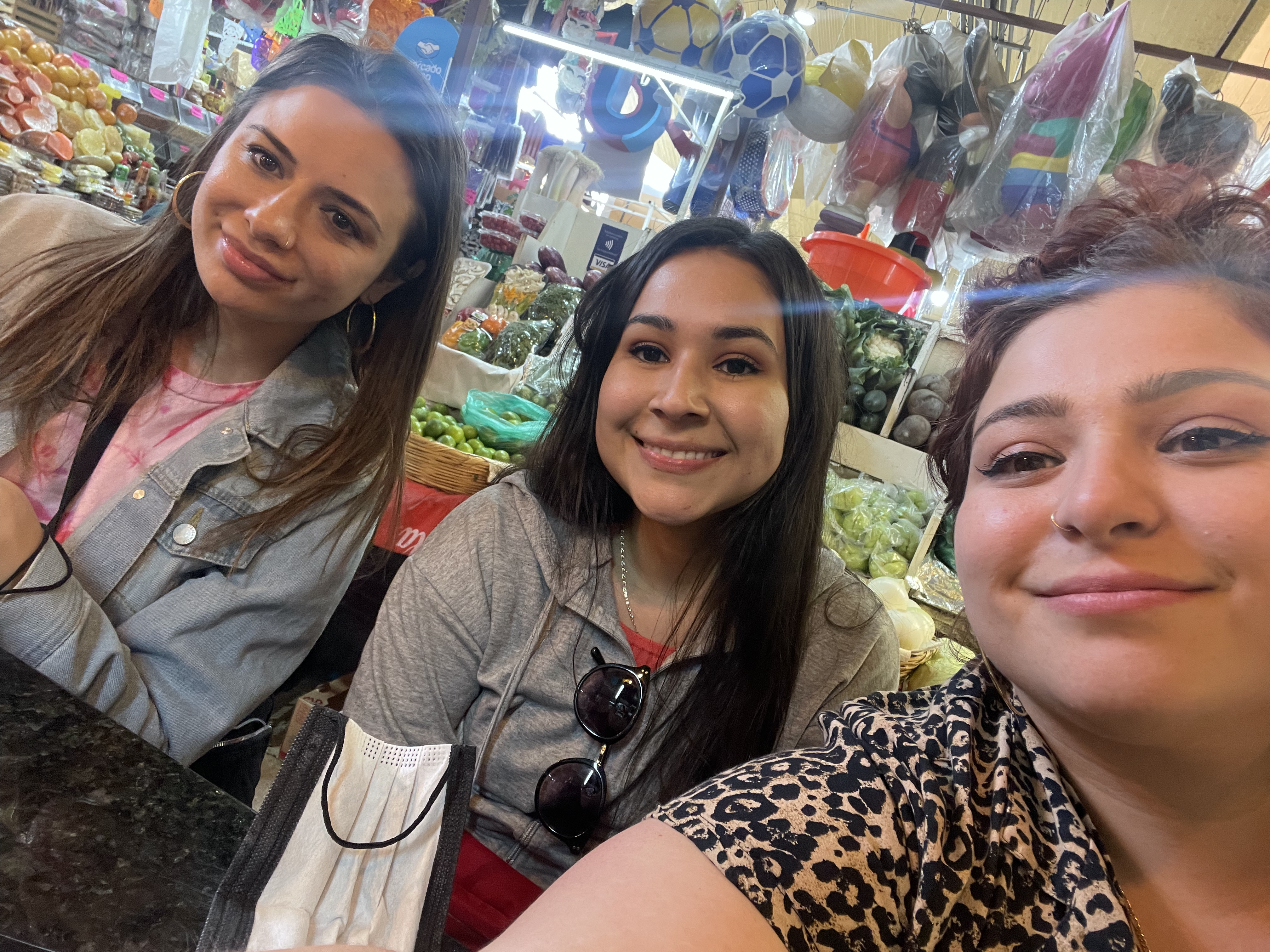
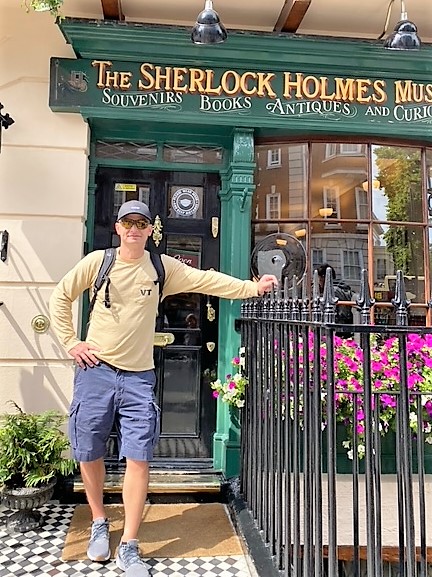
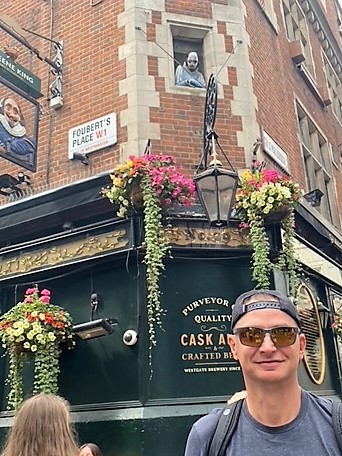
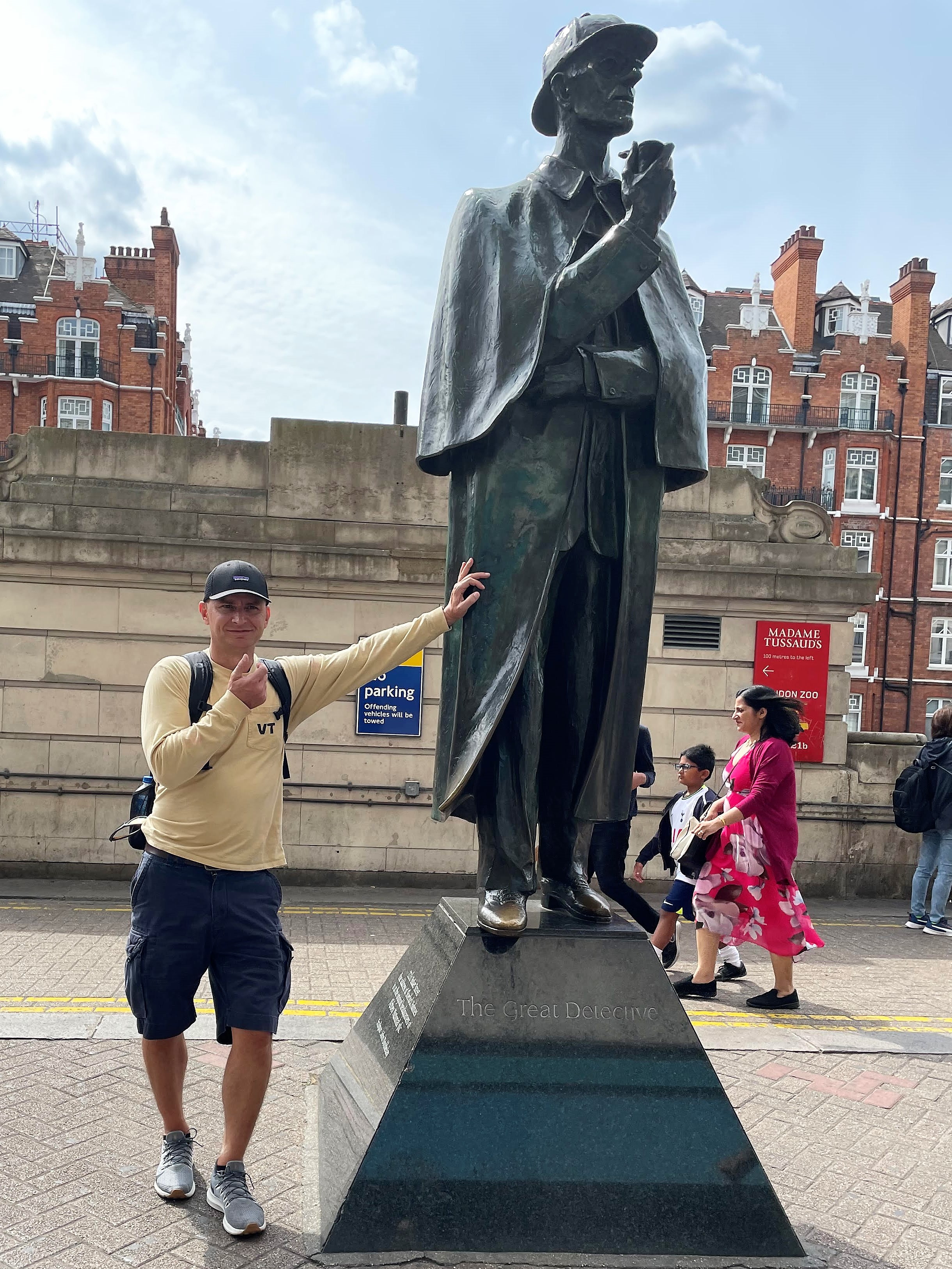
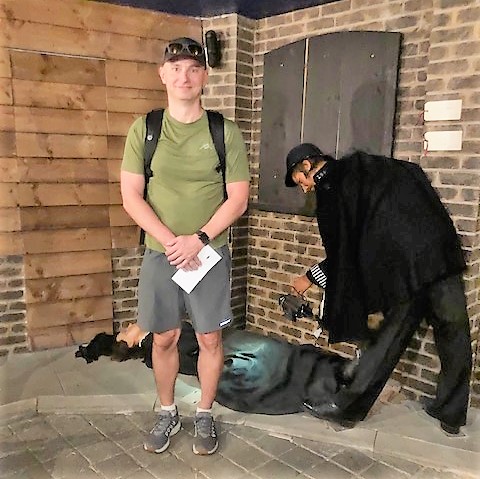
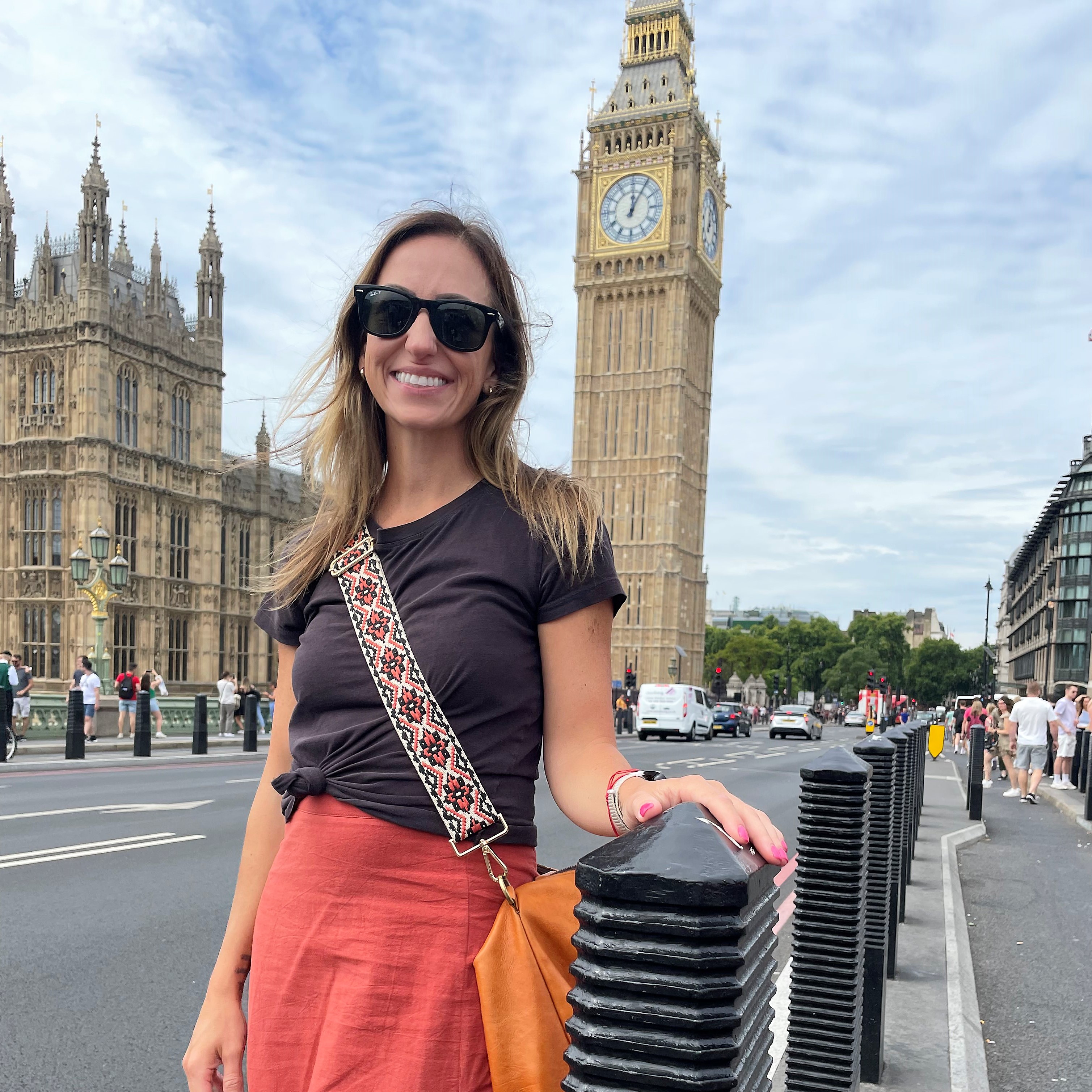

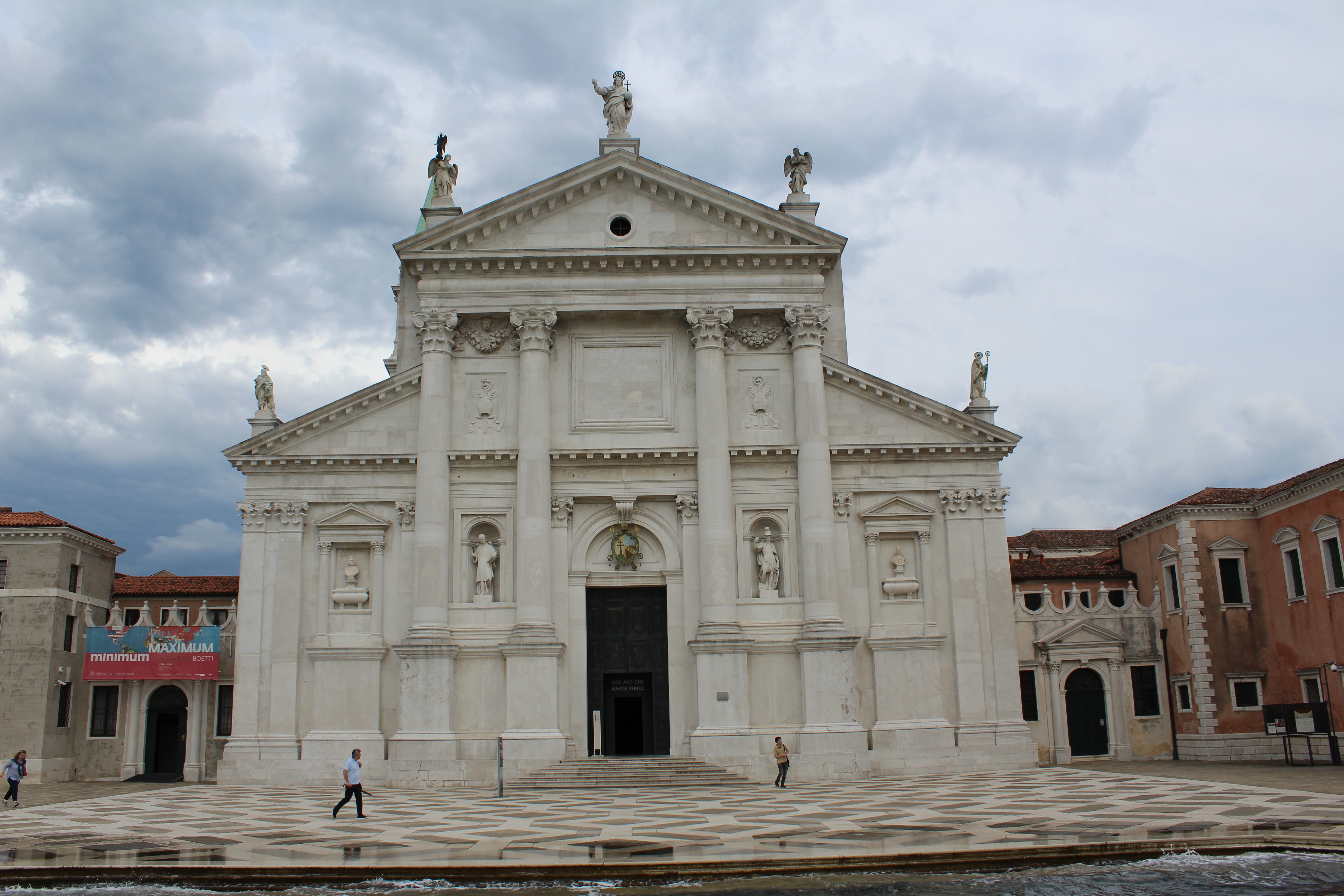
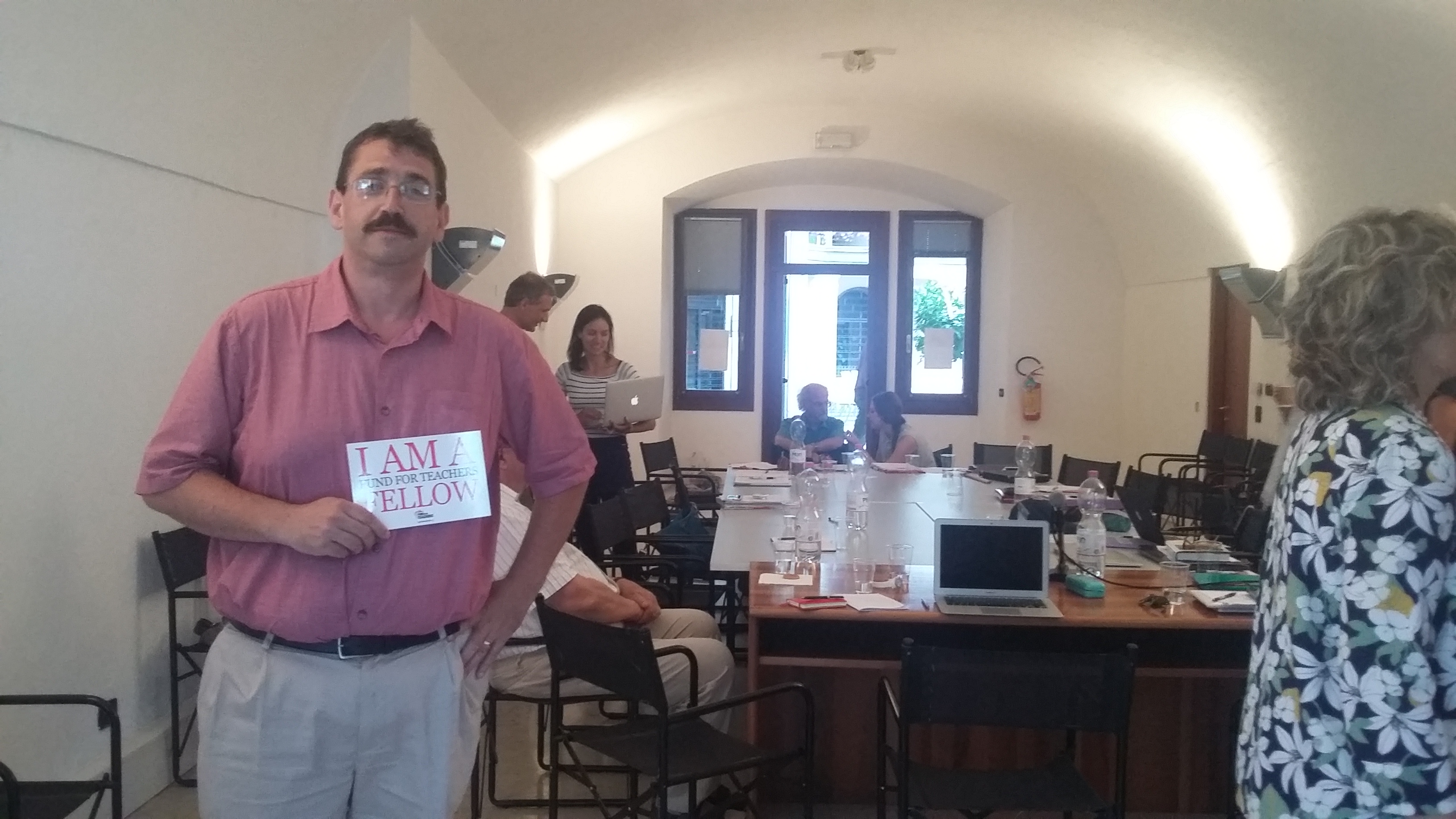
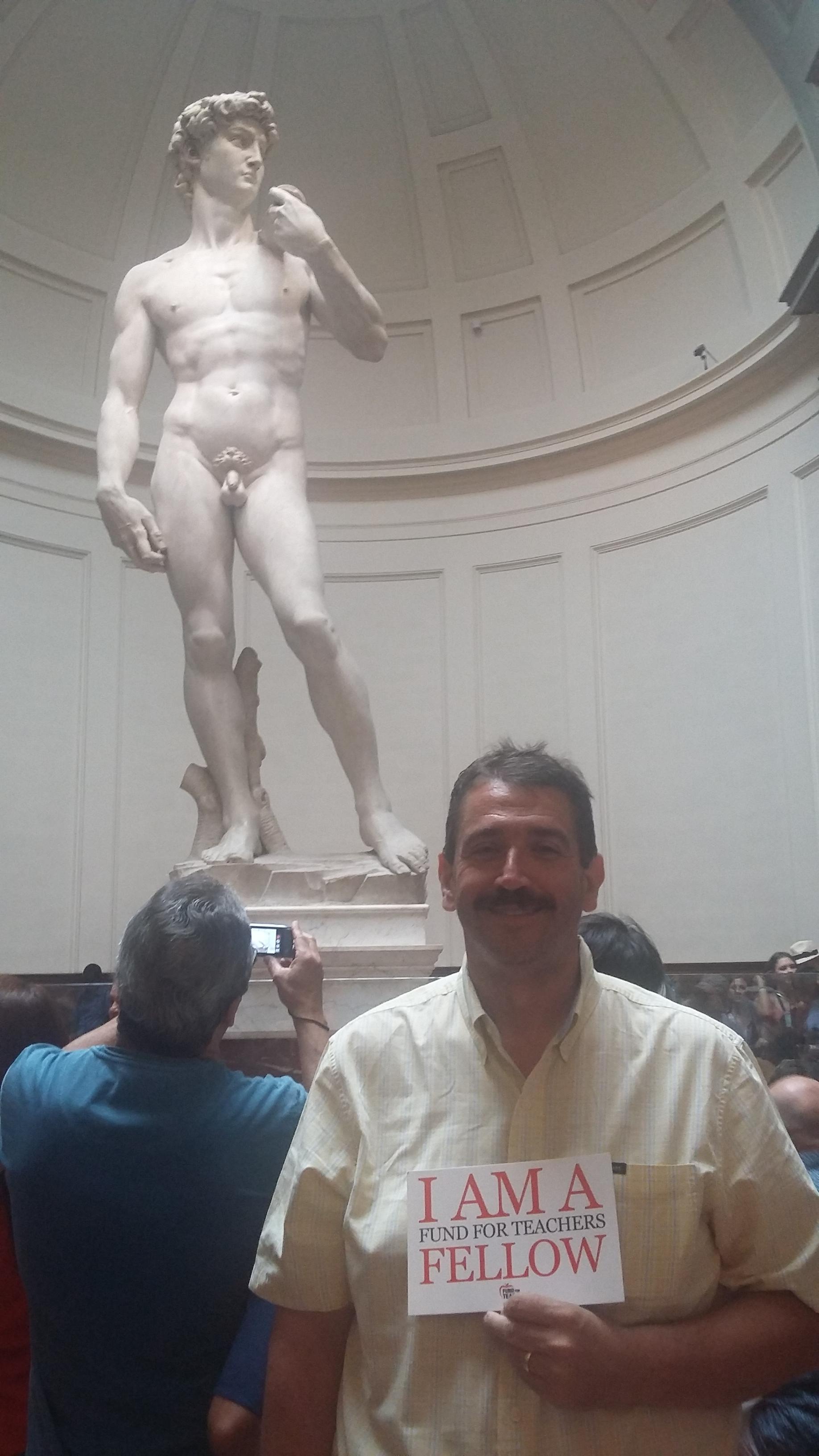
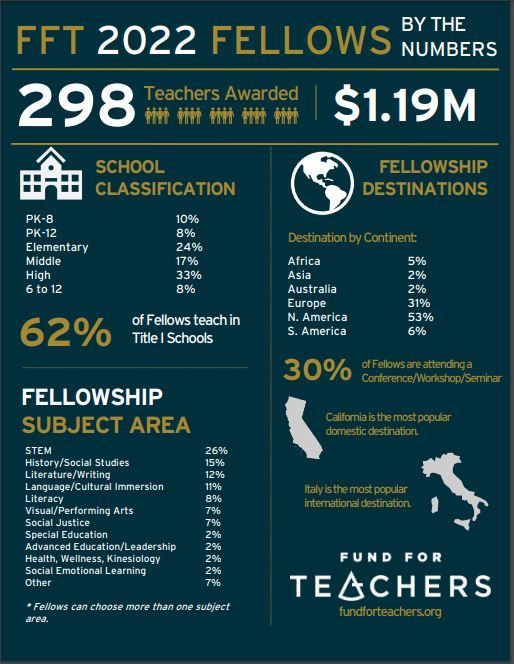
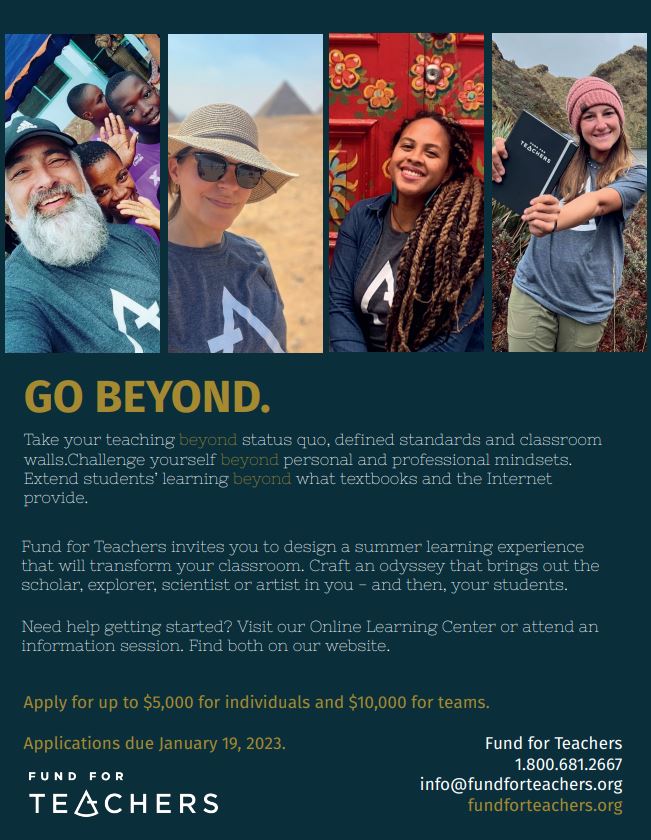
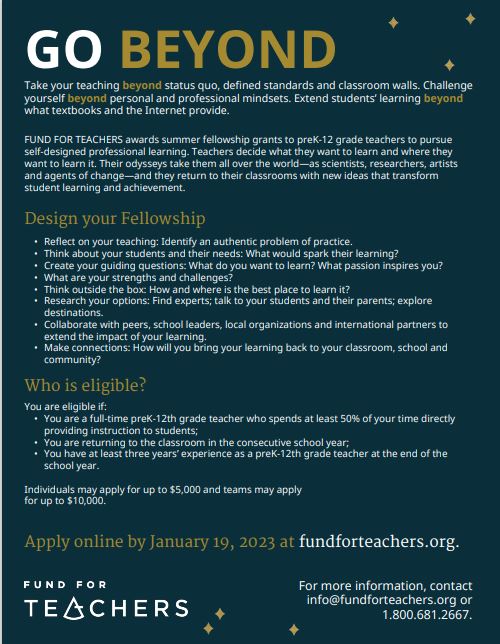
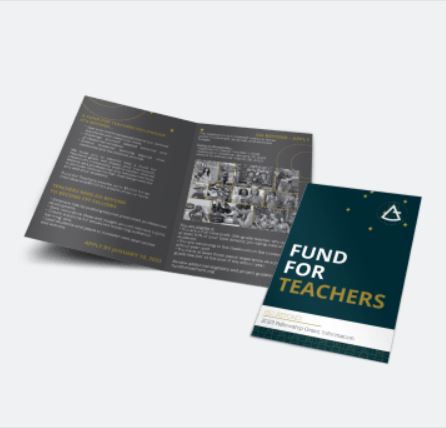

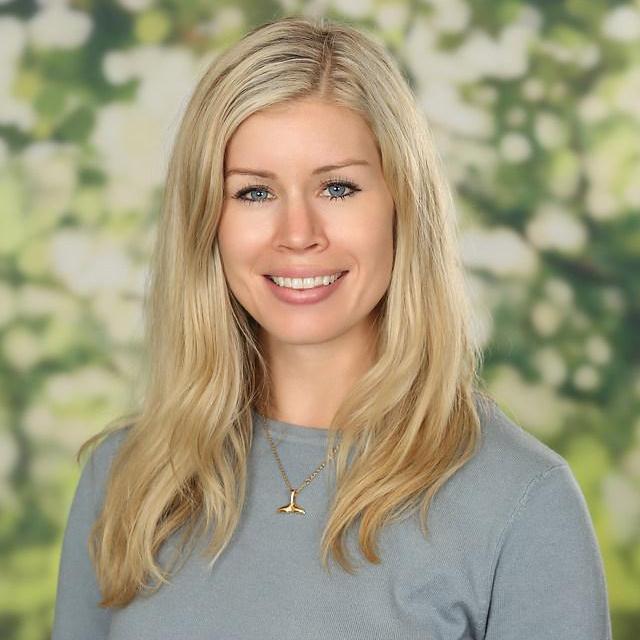
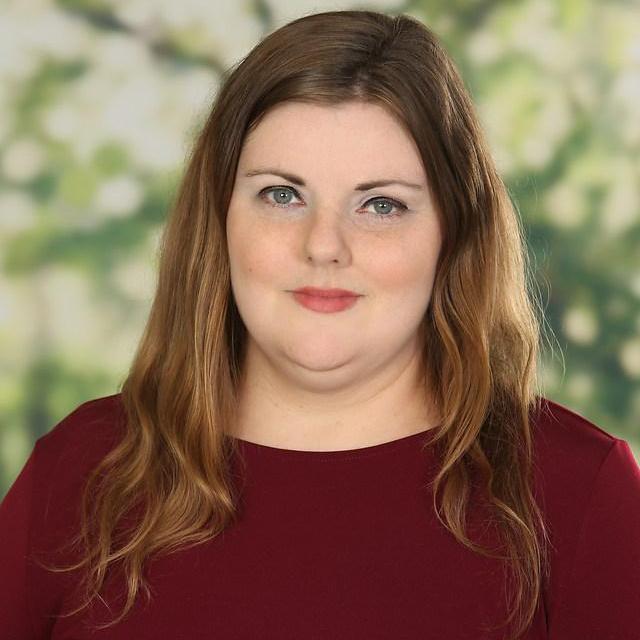
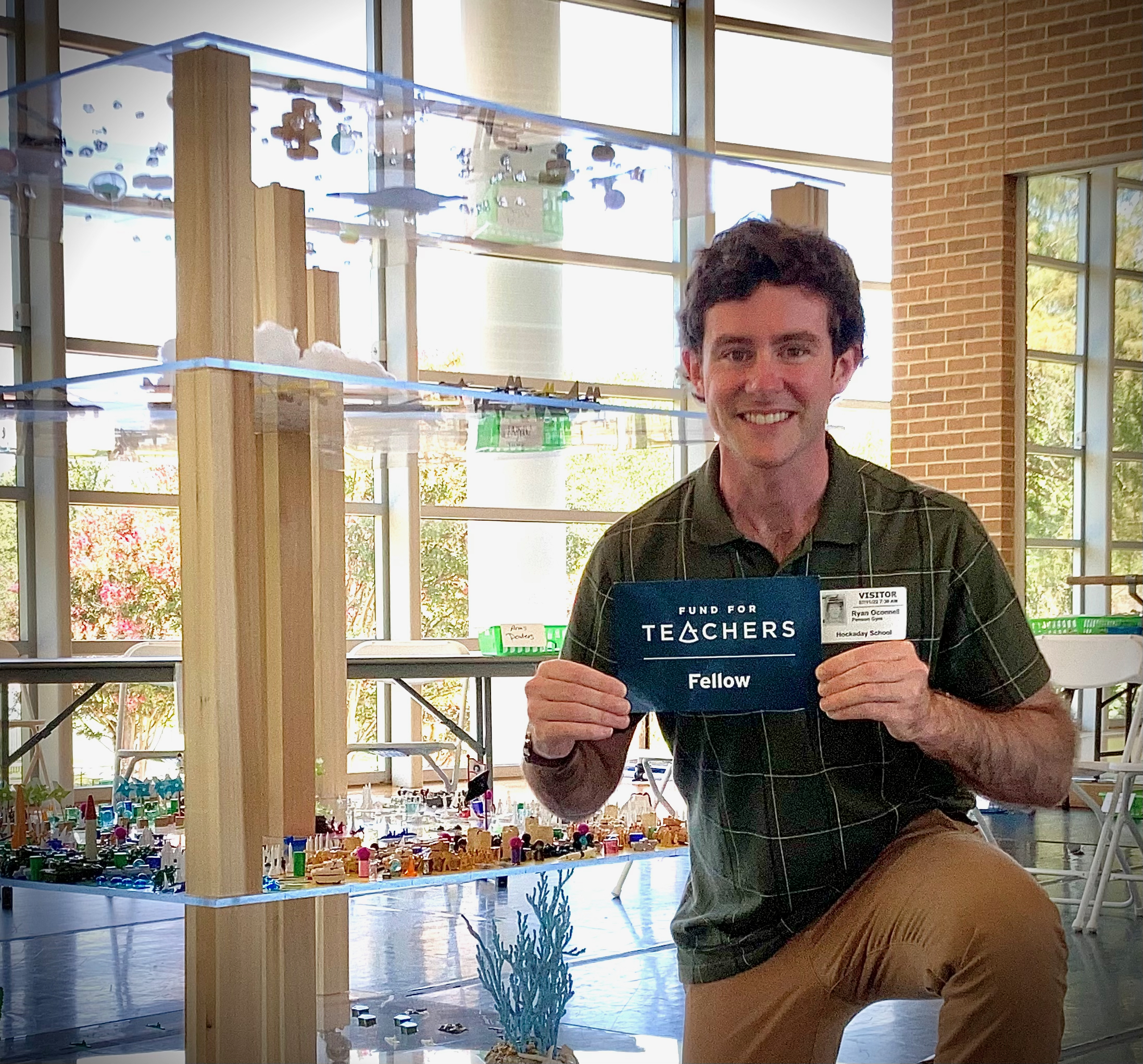
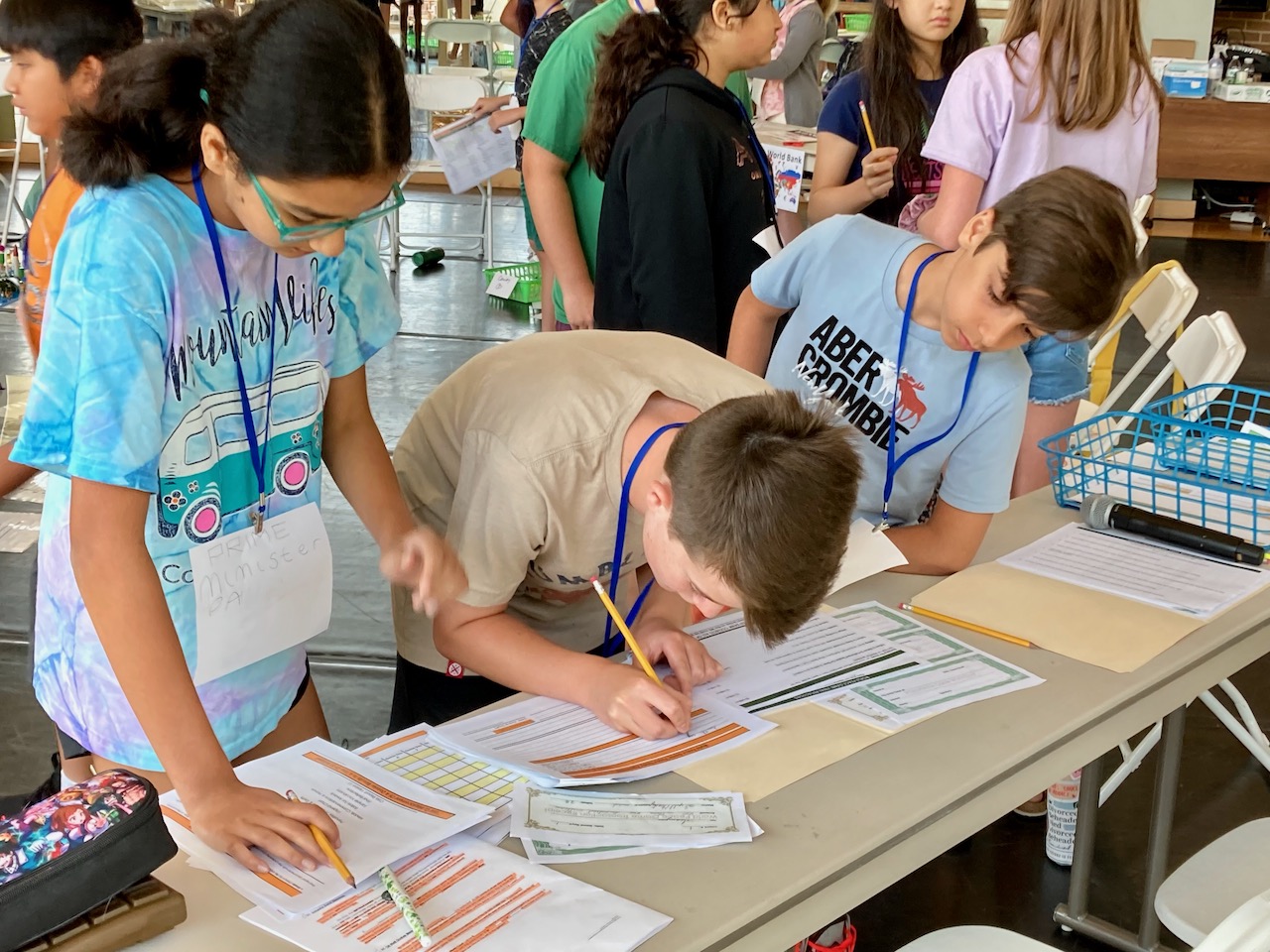
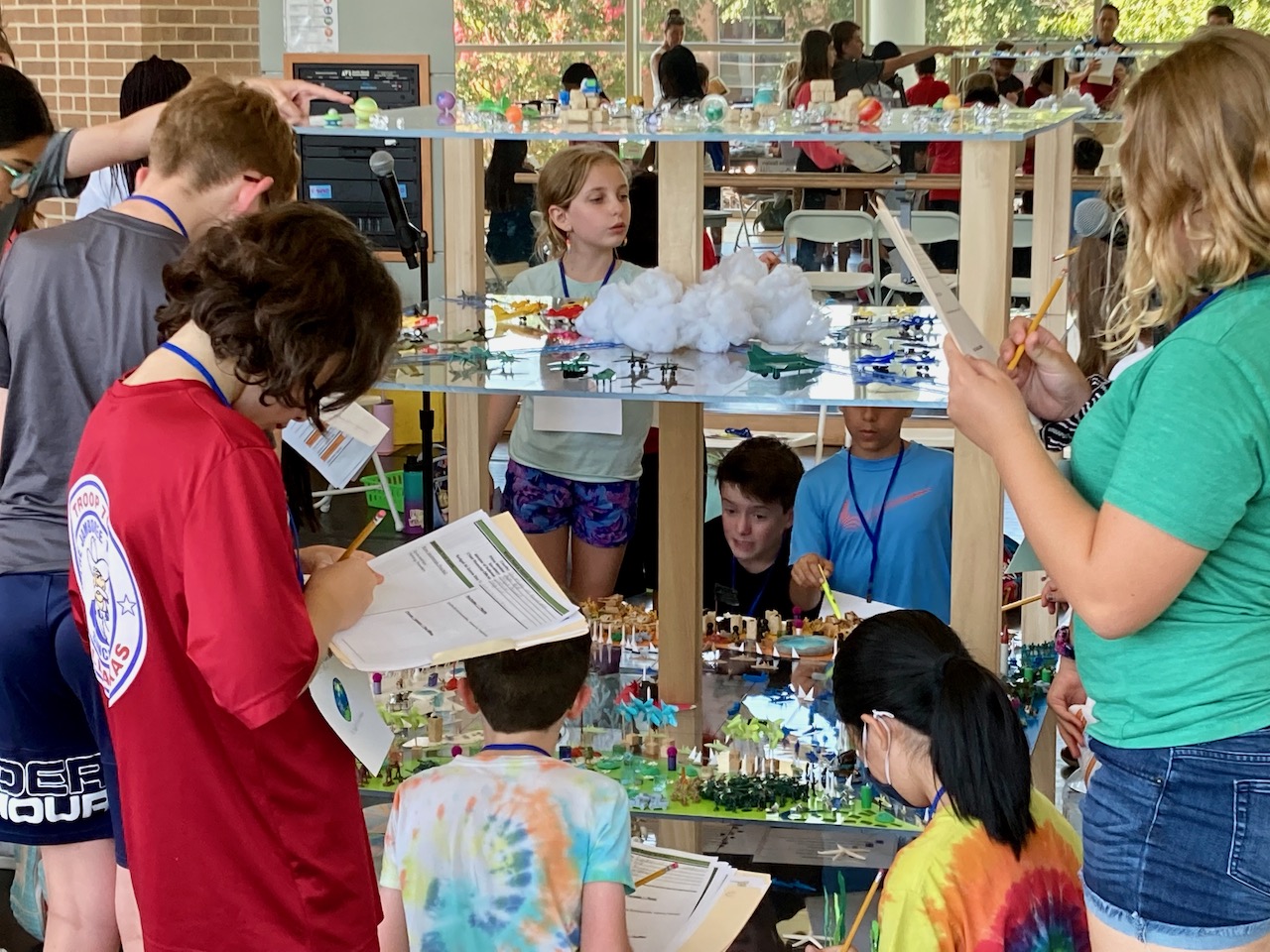
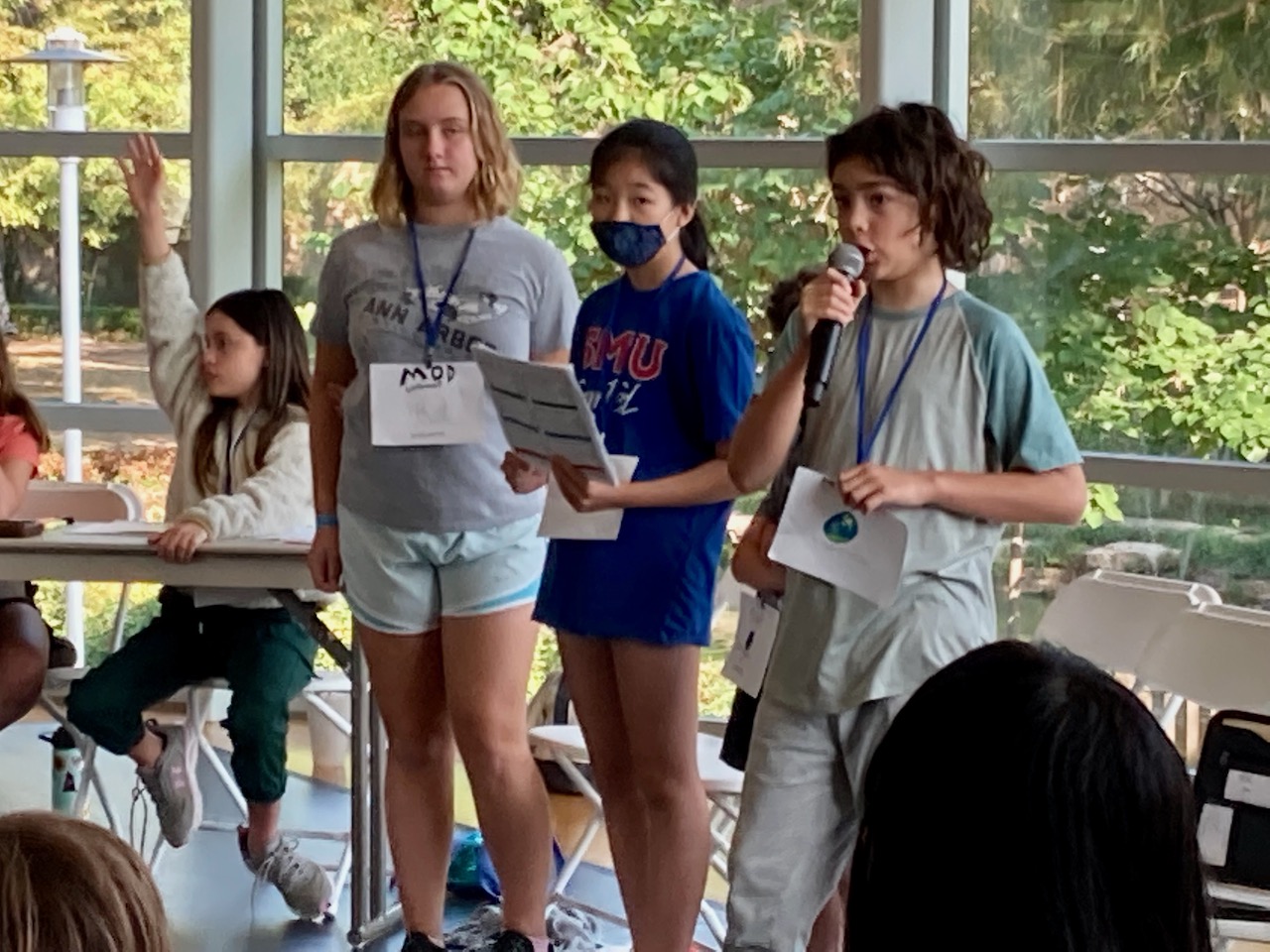
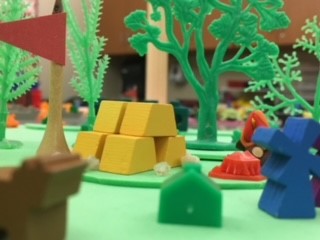
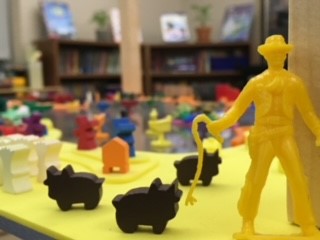
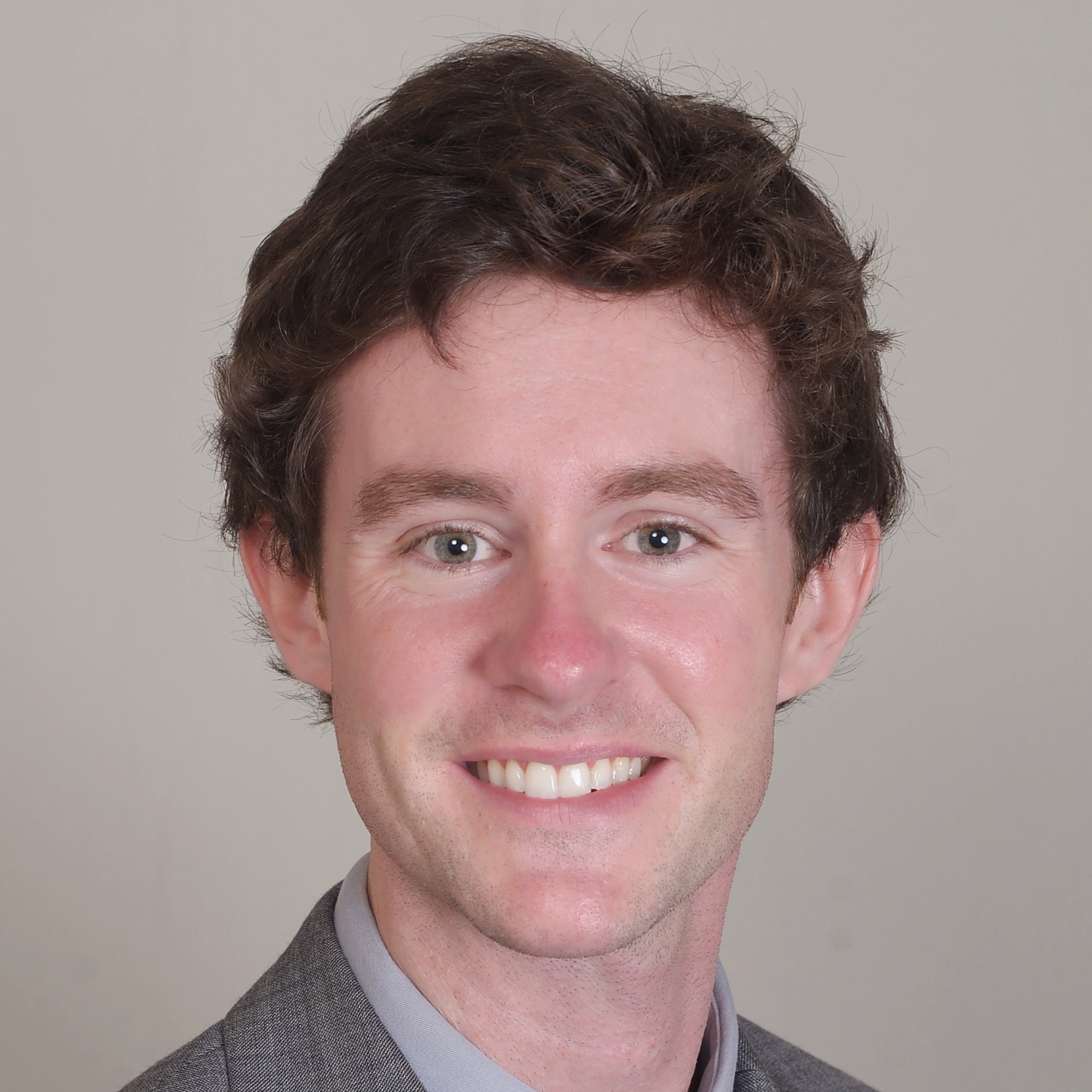
:max_bytes(150000):strip_icc():format(webp)/queen-elizabeth-ii-and-queen-victoria-3530297_final-5c782aa4c9e77c00011c831c.png)
